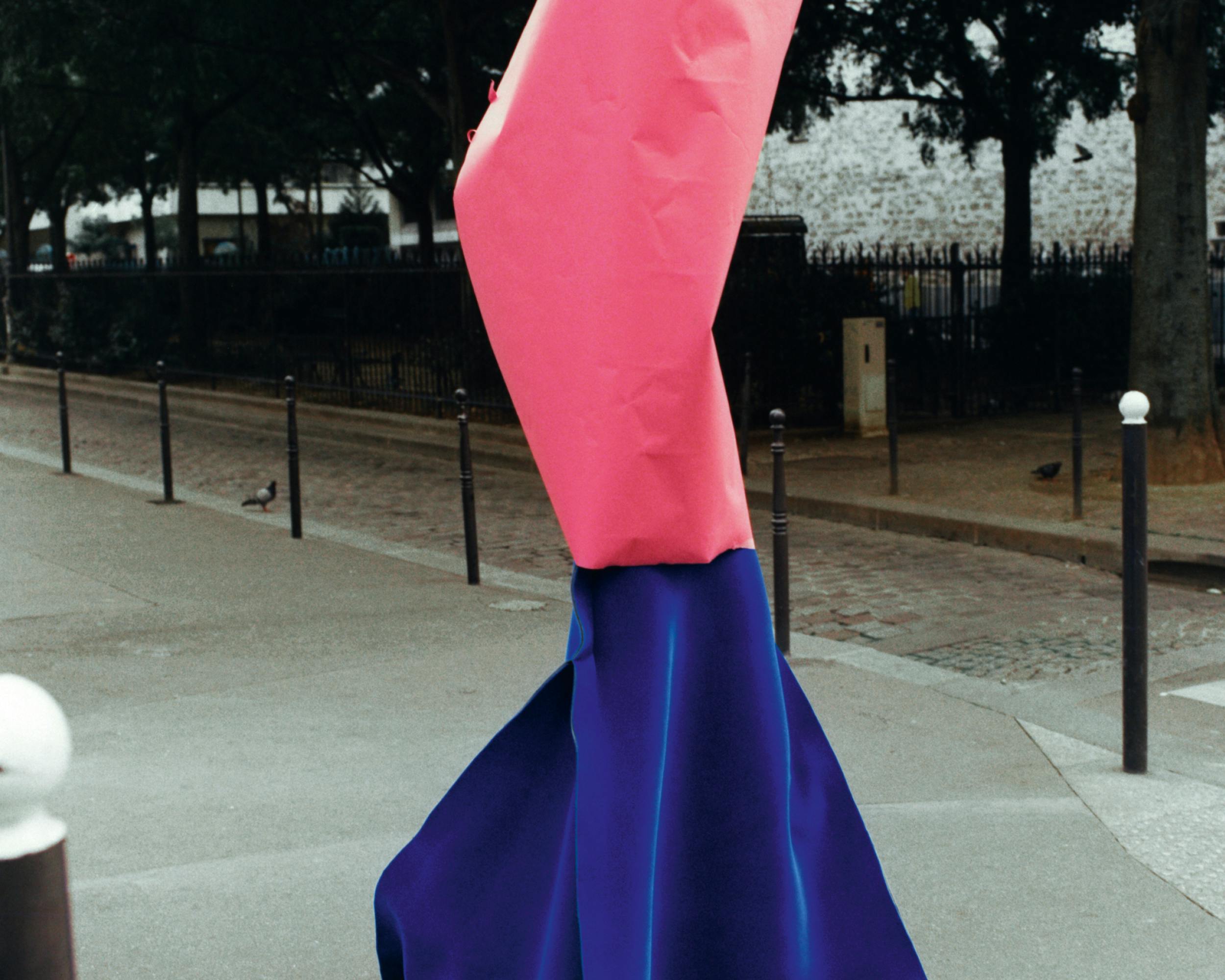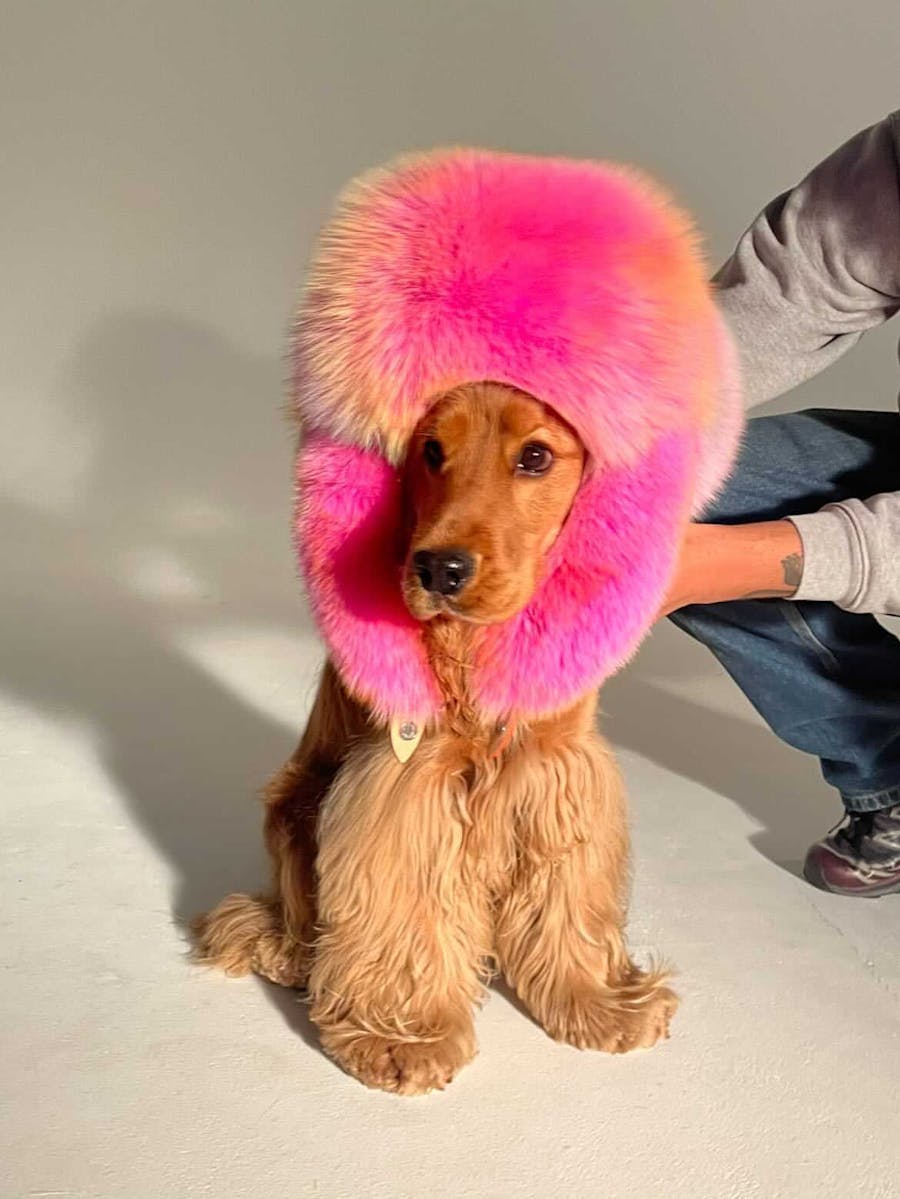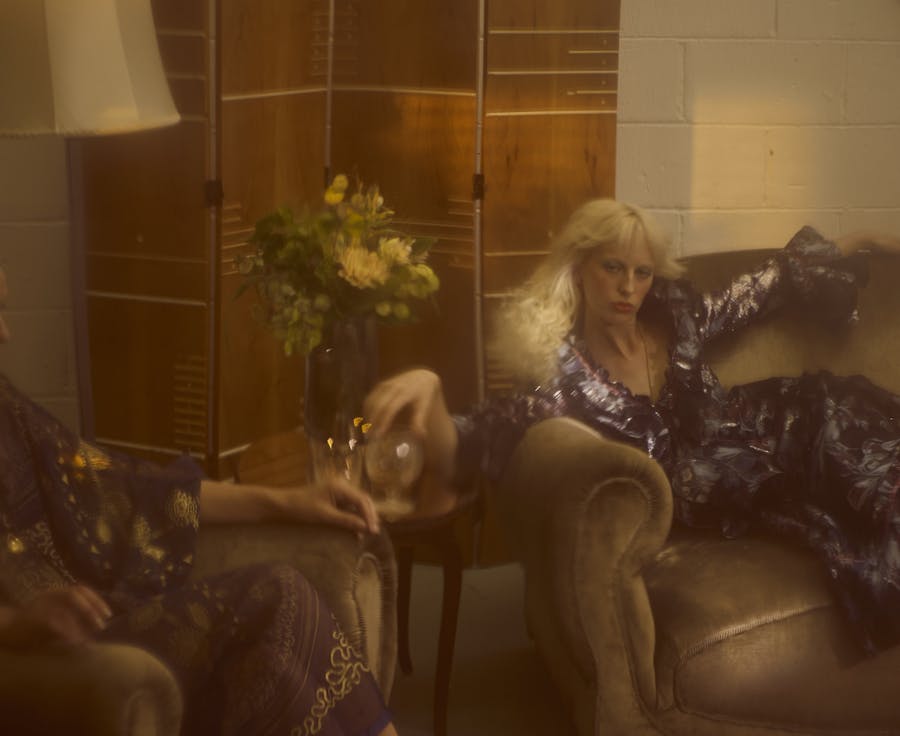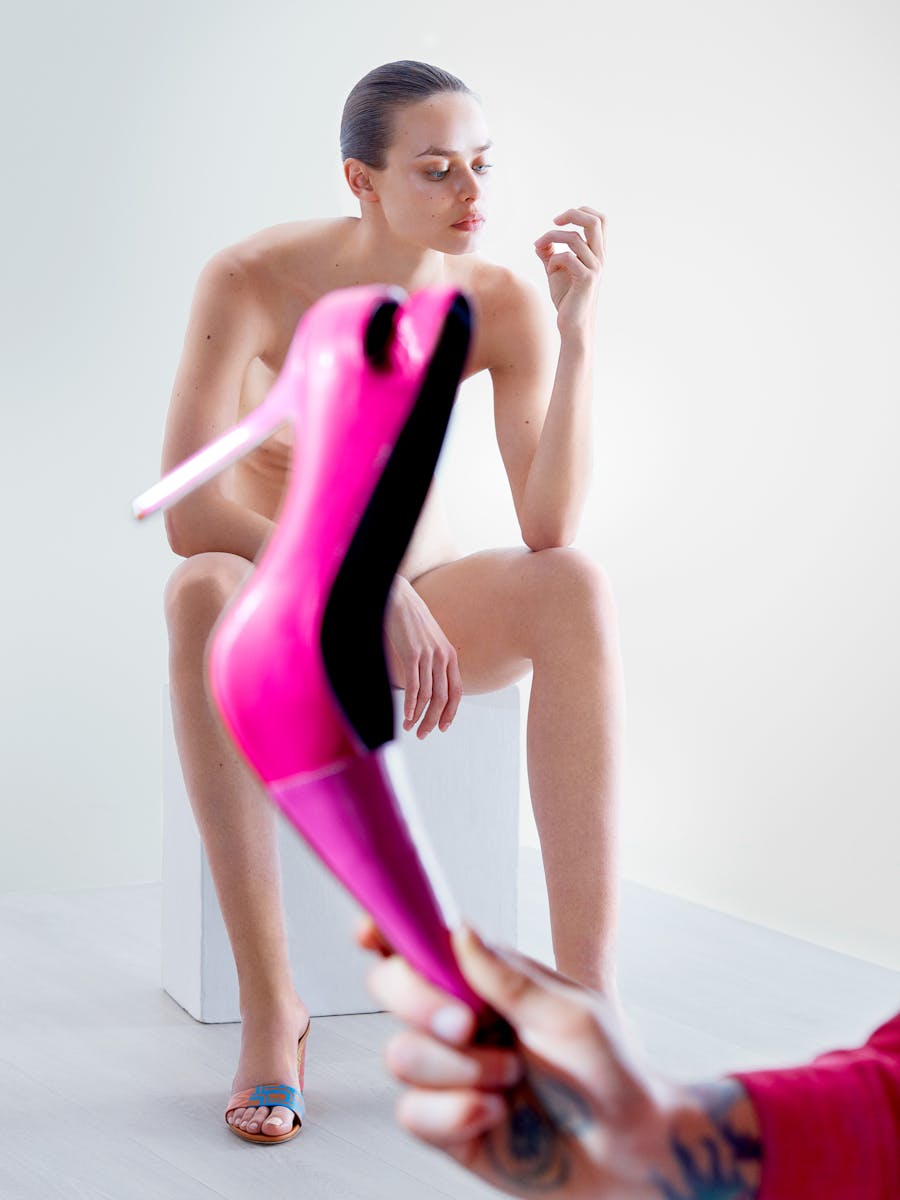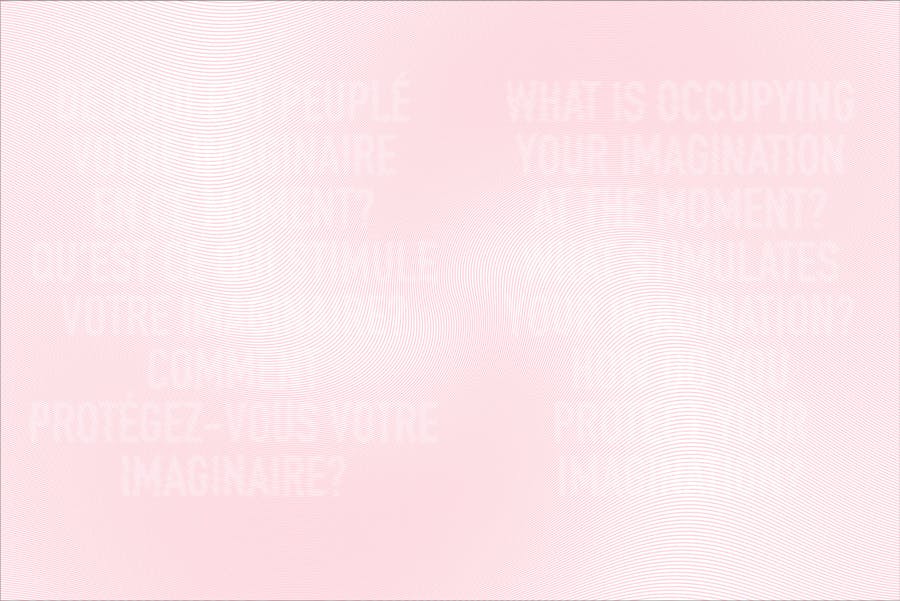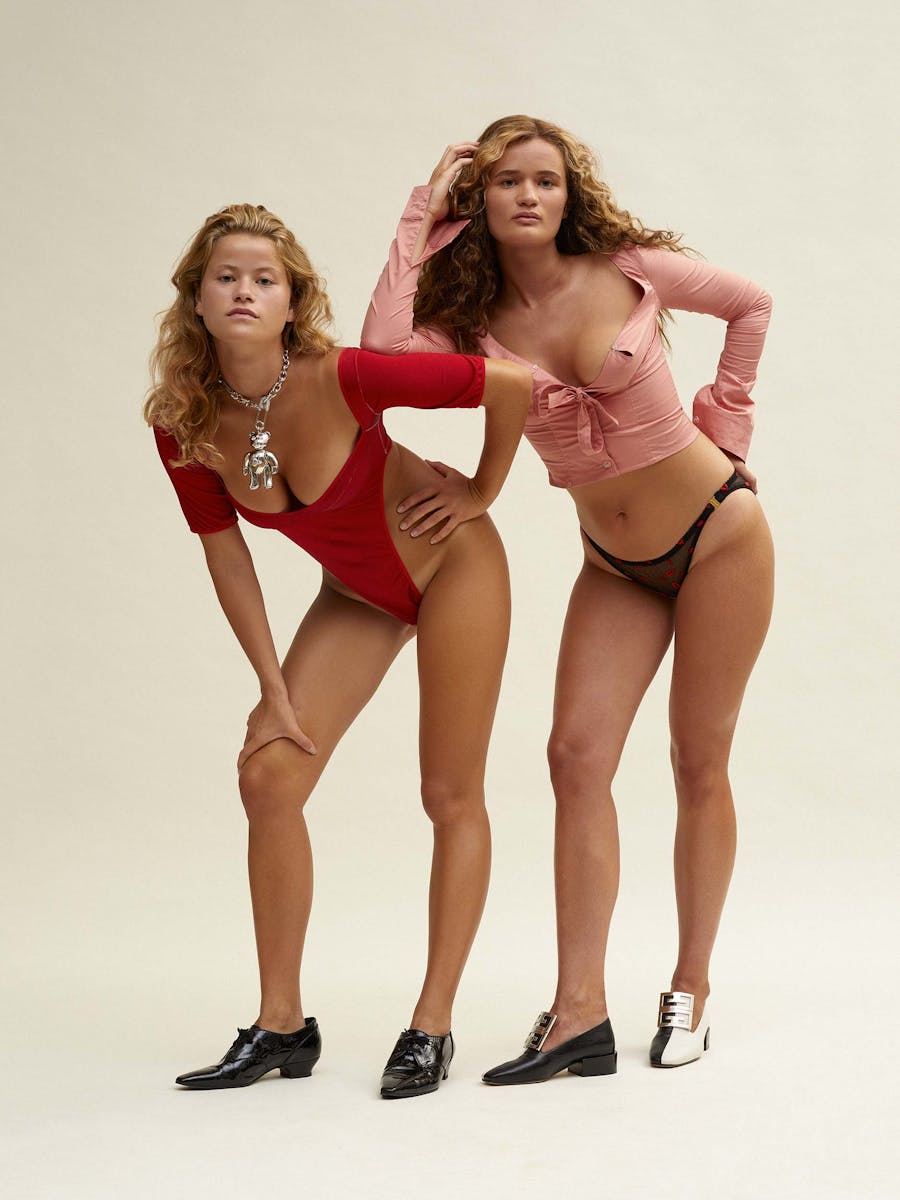In a world where classification seems to matter so much, you are this or that, you do this or that, porosity between fields is one of the most exciting points of view. A way of life, a way of thinking also. In art history as in fashion, categories mean a lot, very easy, too easy, and very practical, certainly practical. But being out of categories, thinking out of the box, means even much more.
Here stands Imruh Asha, anywhere out of the world, so right in the middle. Anywhere out of the world, beautiful prose poem by Charles Baudelaire, powerful introspection : “Il me semble que je serais toujours bien là où je ne suis pas.” It seems I would be always better where I am not. What do all those Paper Monsters by Imruh Asha tell themselves as they sit on the pavement of a lonely street, as they walk on a beach under a grey threatening sky, or as they strike a pose on a decayed doorstep?
Playing with all categories and identities, mixing fashion direction and sculpture, with a very unique sense of style – art historians would say “maniera”, even “manierism” - Imruh Asha offers us with his Paper Monsters an intriguing vision of creativity in process, as if we were jumping into his mind and gaze. If at first sight one can be slightly scared, these Monsters are actually gentle, they just lead us to another approach of movement and allure – these Papers cover faces, sometimes envelop legs and arms, or even entirely the body. With bold and primary colours, they transform models and clothes into abstraction, they remind us of Bauhaus Triadic ballets, Ellsworth Kelly paintings, and Memphis sculptural objects.
Colours sound pop, shapes beautifully collide in magnificent details of creasing, images play music… All the senses together in a vast range of “Correspondances”, another Baudelaire clin d’oeil. Definitely Imruh Asha is a poet of our modern lives.
Olivier Gabet, Director of the Department of Decorative Arts, Musée du Louvre

Collaboration between Osma Harvilahti & Imruh Asha
Cover image by Osma Harvilahti
Model Lionella Drigeard-Dillett and Maggie Maurer
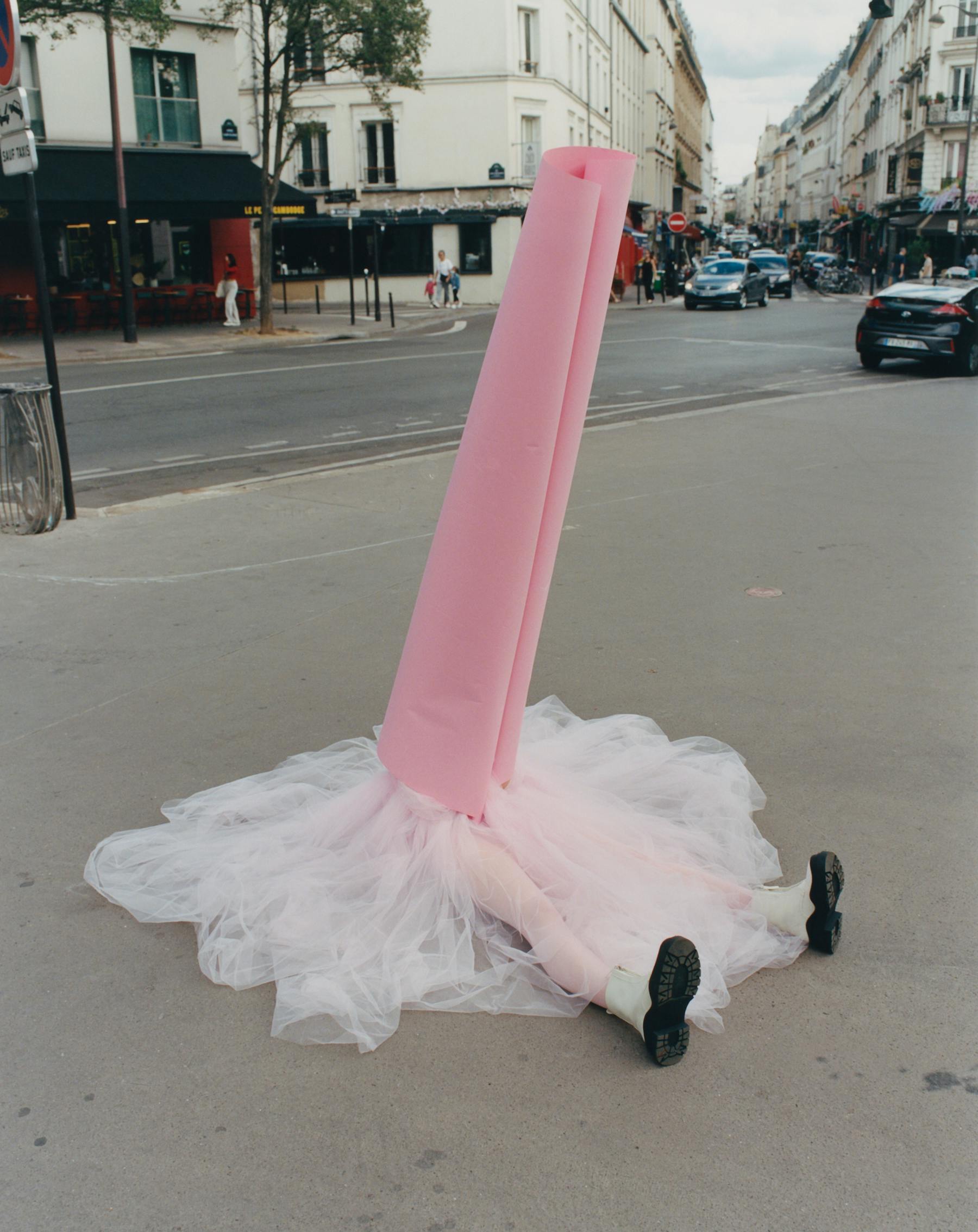
Collaboration between Osma Harvilahti & Imruh Asha
Cover image by Osma Harvilahti
Model Lionella Drigeard-Dillett and Maggie Maurer

Collaboration between Osma Harvilahti & Imruh Asha
Cover image by Osma Harvilahti
Model Lionella Drigeard-Dillett and Maggie Maurer

Collaboration between Osma Harvilahti & Imruh Asha
Cover image by Osma Harvilahti
Model Lionella Drigeard-Dillett and Maggie Maurer
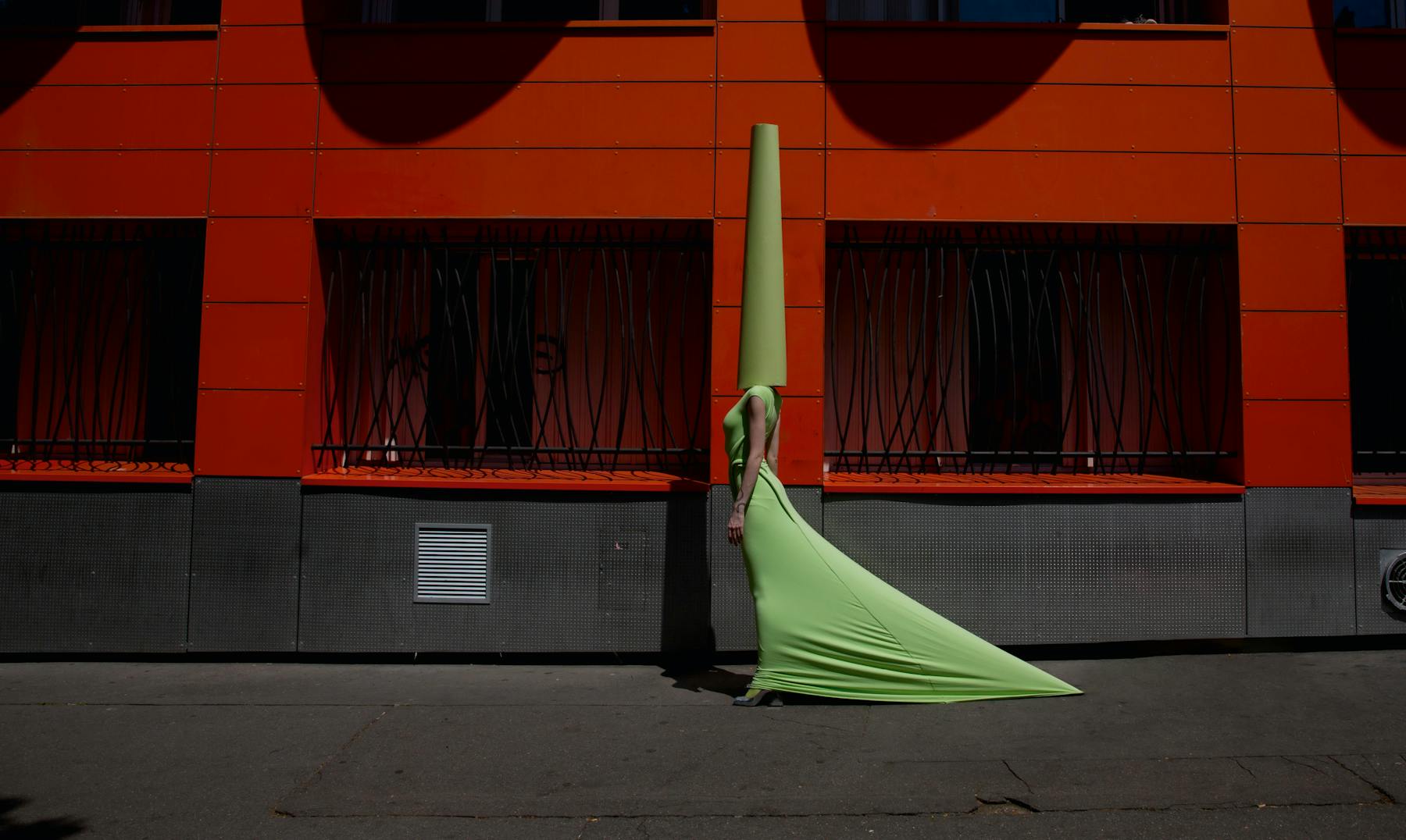
Collaboration between Osma Harvilahti & Imruh Asha
Cover image by Osma Harvilahti
Model Lionella Drigeard-Dillett and Maggie Maurer
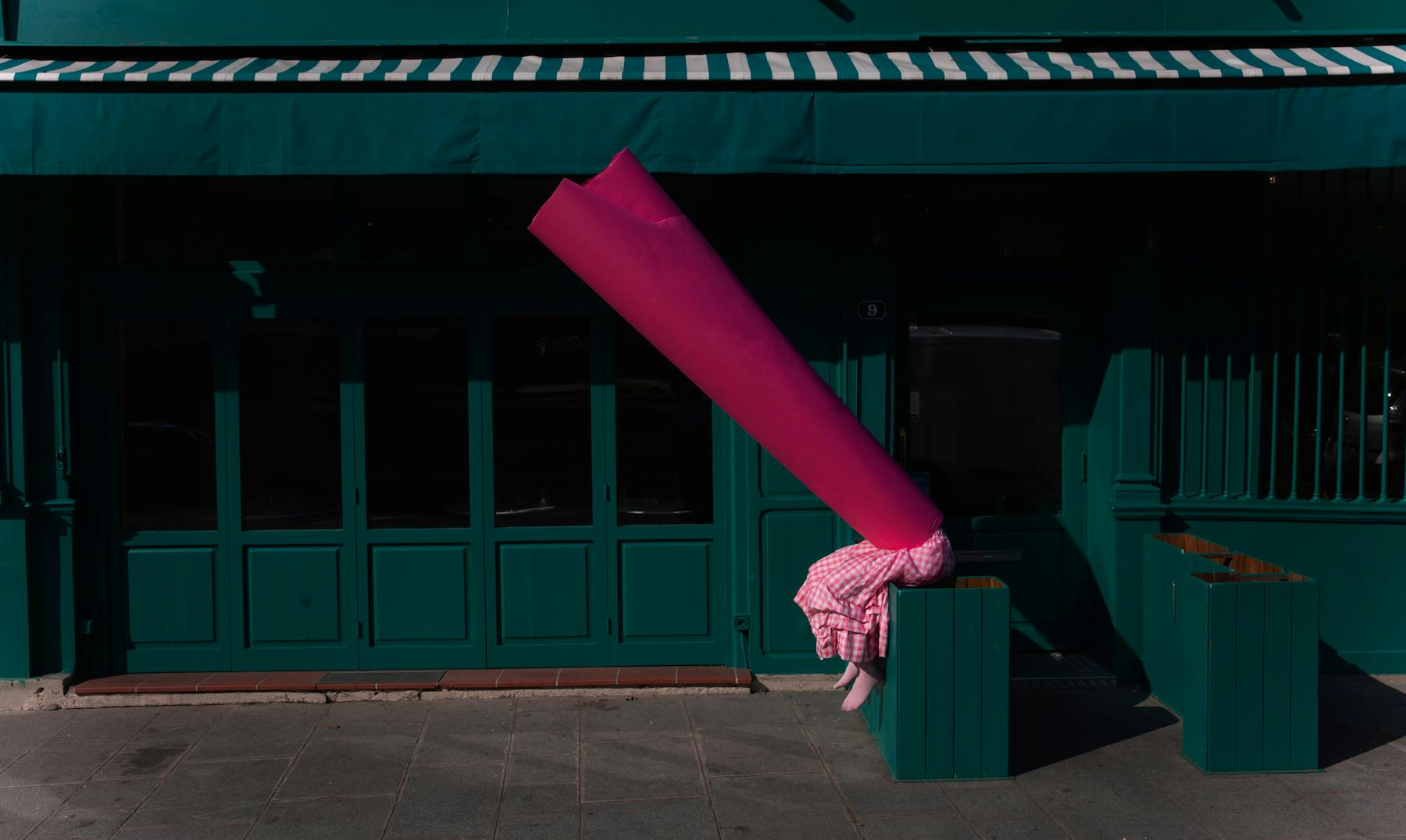
Collaboration between Osma Harvilahti & Imruh Asha
Cover image by Osma Harvilahti
Model Lionella Drigeard-Dillett and Maggie Maurer

Collaboration between Osma Harvilahti & Imruh Asha
Cover image by Osma Harvilahti
Model Lionella Drigeard-Dillett and Maggie Maurer
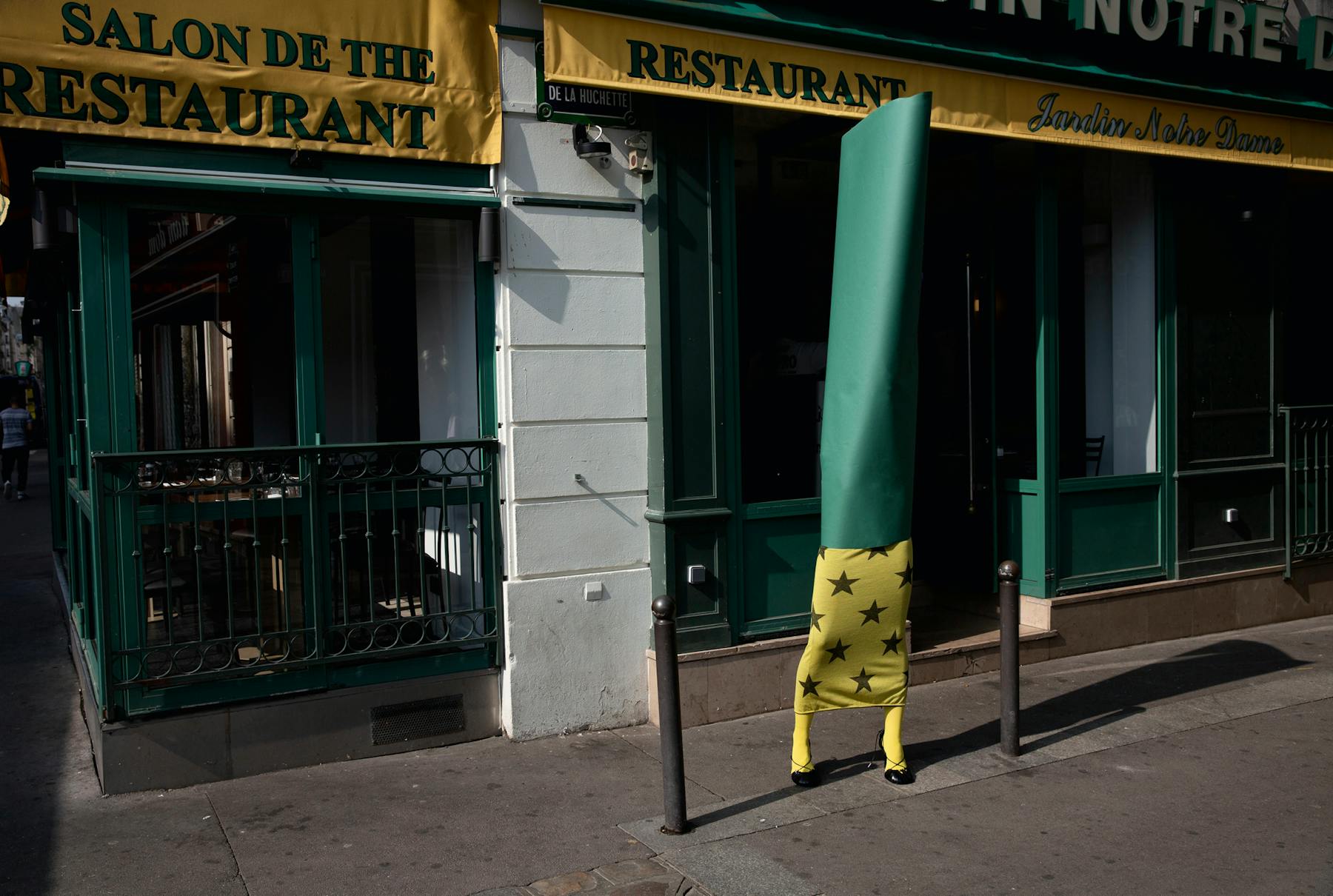
Collaboration between Osma Harvilahti & Imruh Asha
Cover image by Osma Harvilahti
Model Lionella Drigeard-Dillett and Maggie Maurer
Paper is a material full of surprising qualities. It is both fragile and sculptural, thin yet able to be bright and colourful. Mostly, we use paper for writing and communication, seeing it as cheap and every day. But paper has much more potential for me.
As an artist, I am fascinated by turning everyday items into abstract shapes or fashion pieces. Paper is perfect for this because it is easy to shape but can also be very sturdy and expressive. By using paper in new ways, I want to show that the true value of a material comes from how you use it and the context you place it in.
In my work, I take paper beyond its usual role, creating these images that make people see it differently. My hope is that this transformation makes people rethink their ideas about common materials, showing them that even simple things can be extraordinary. I hope to inspire others to see the endless possibilities in everyday items.
I want to show the viewer that art isn’t about the material itself but how you use it and the context you place it in. Even something as simple as paper can become a powerful tool for art when used with the right imagination. For me, paper is like fabric—a medium for artistic expression that can be both lightweight and sculptural. This book captures the essence of using simple materials to craft powerful, imaginative visual statements.
Imruh Asha, Artist
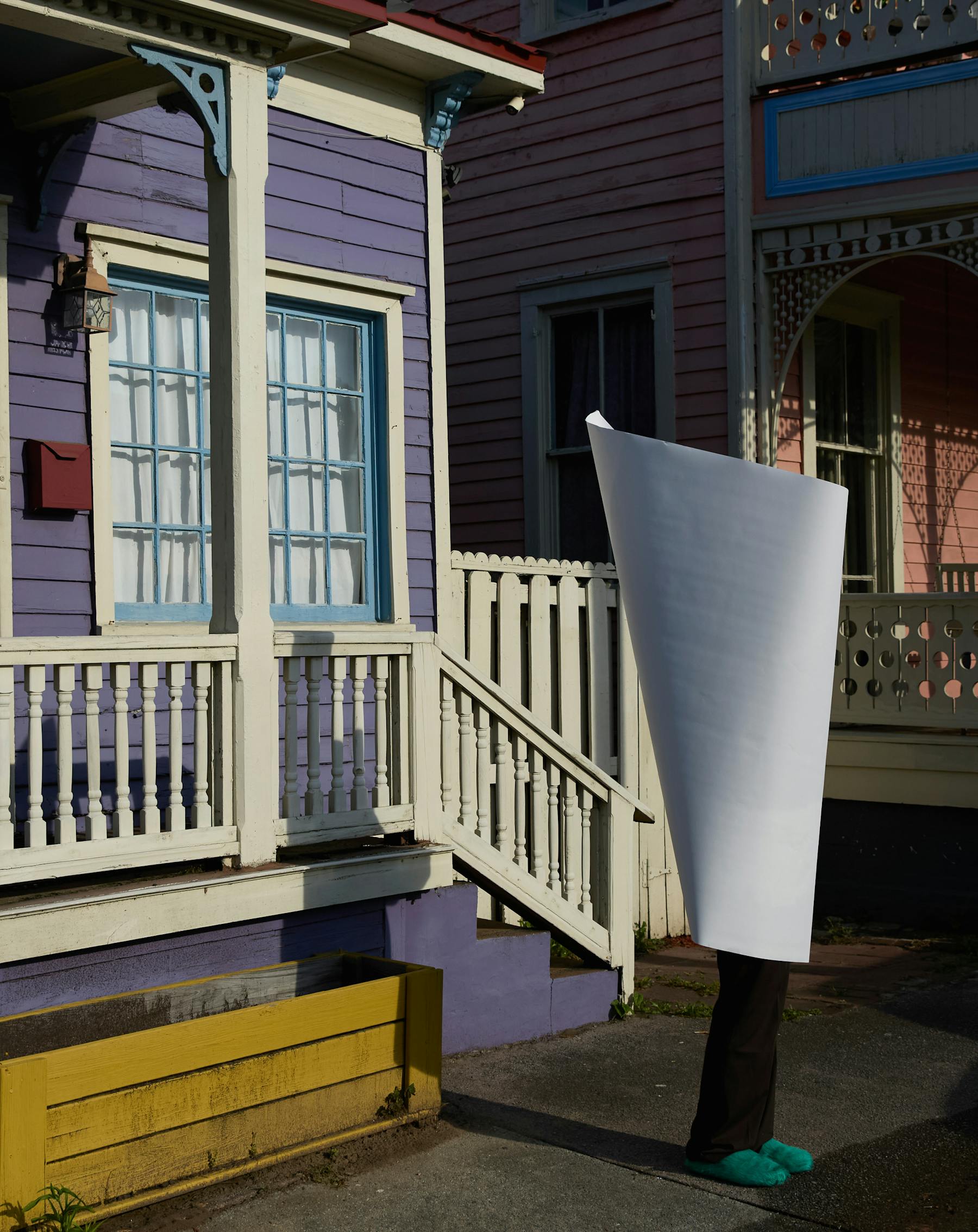
Images by Imruh Asha
Model Danial Aitouganov
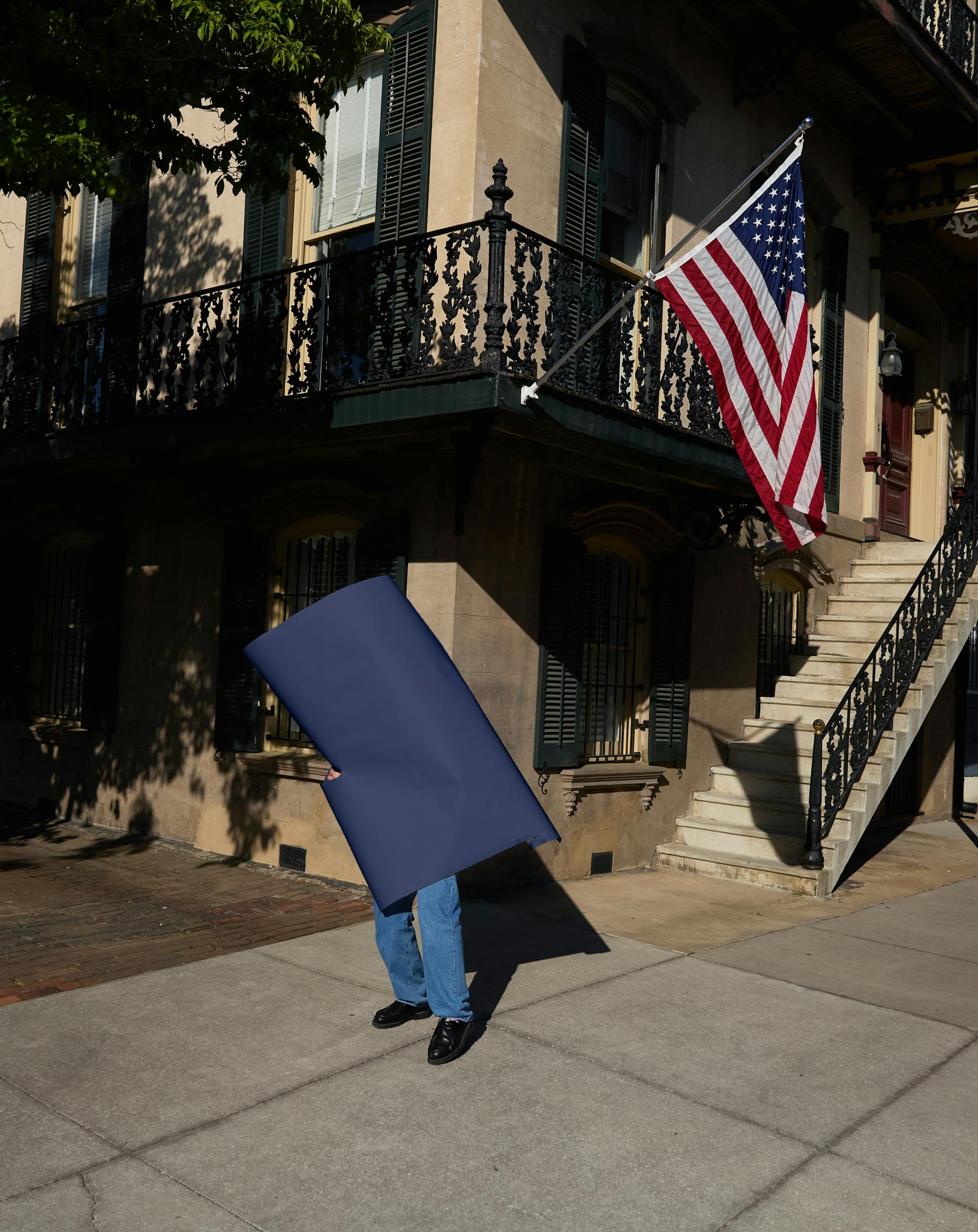
Images by Imruh Asha
Model Danial Aitouganov

Images by Imruh Asha
Model Danial Aitouganov

Images by Imruh Asha
Model Danial Aitouganov
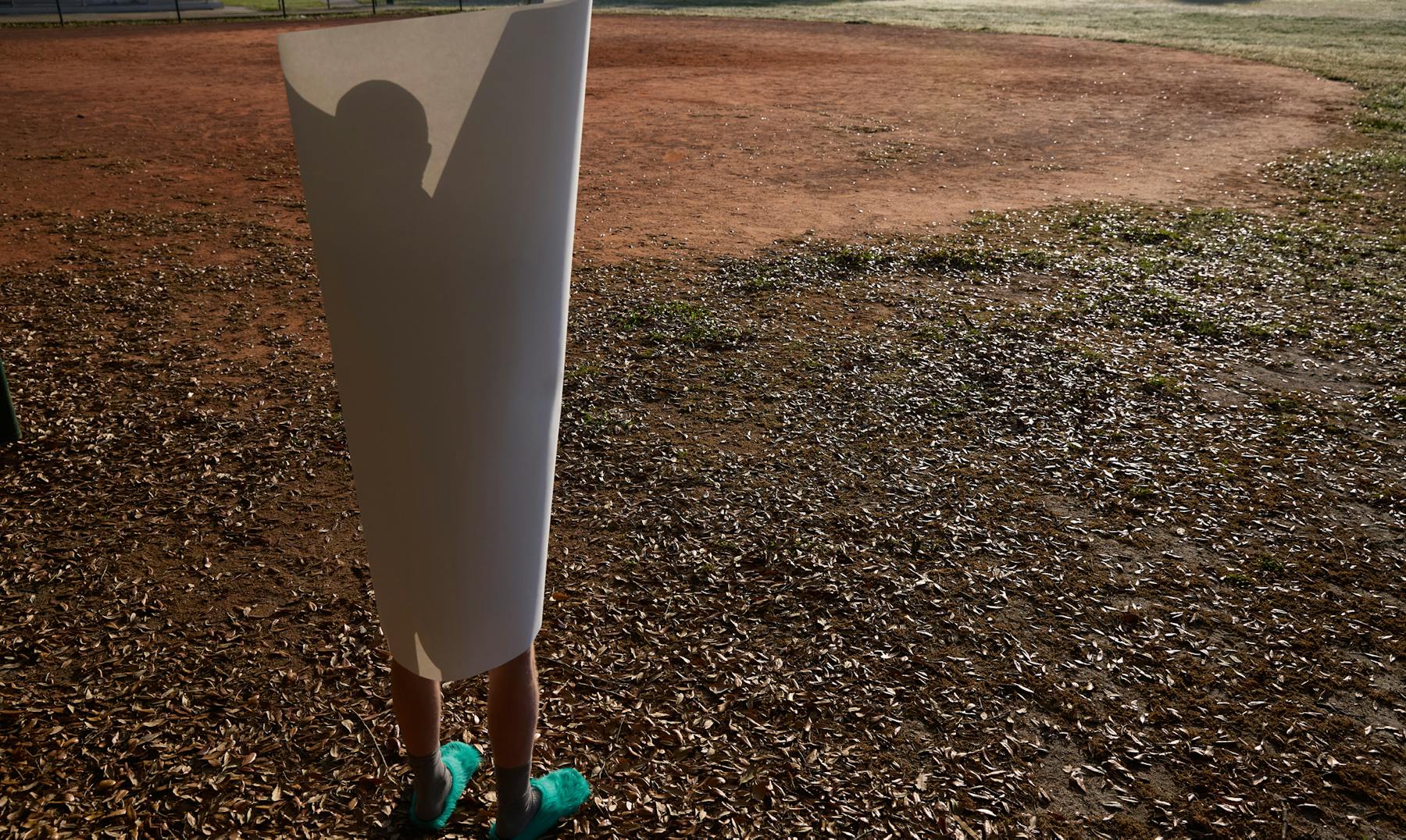
Images by Imruh Asha
Model Danial Aitouganov
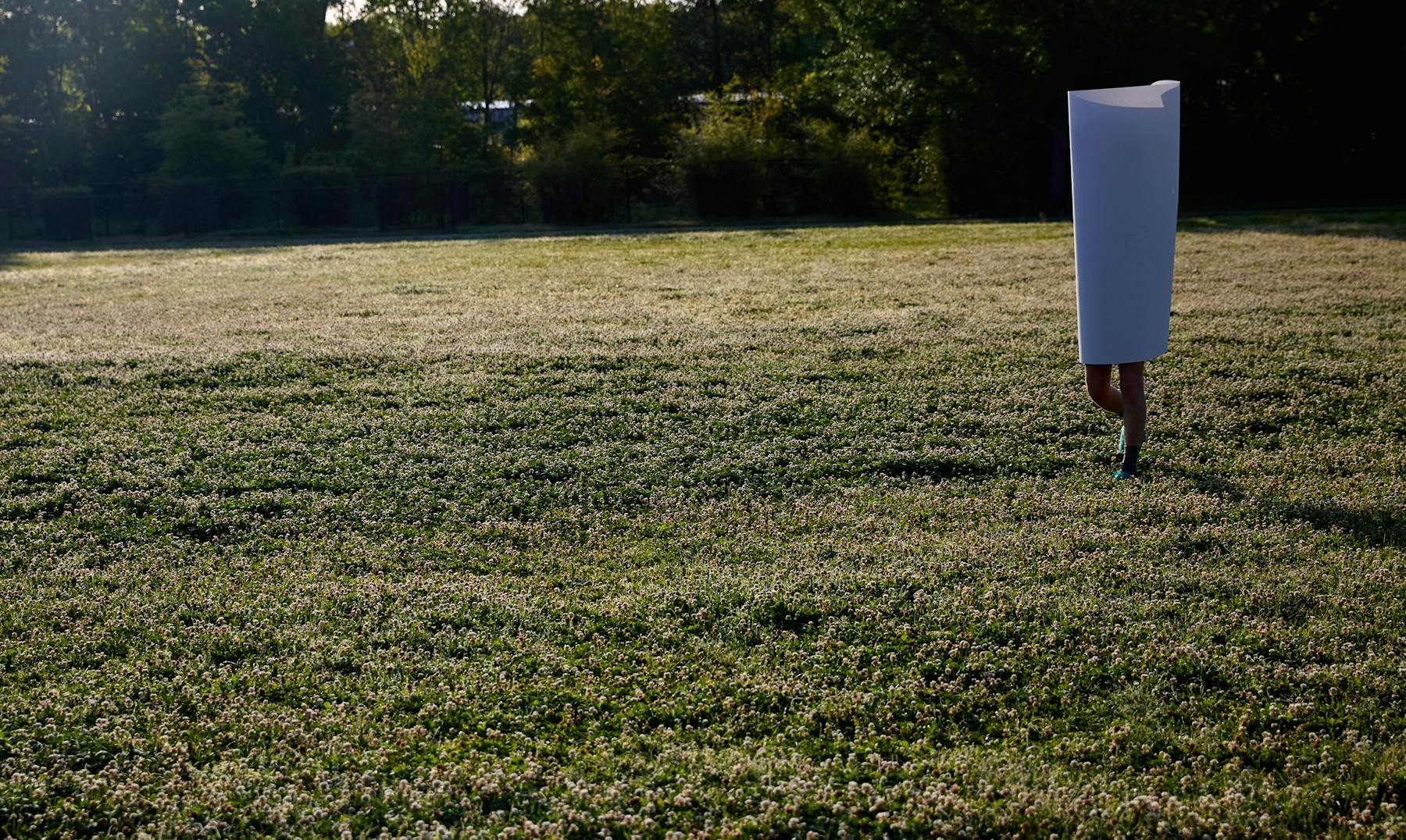
Images by Imruh Asha
Model Danial Aitouganov
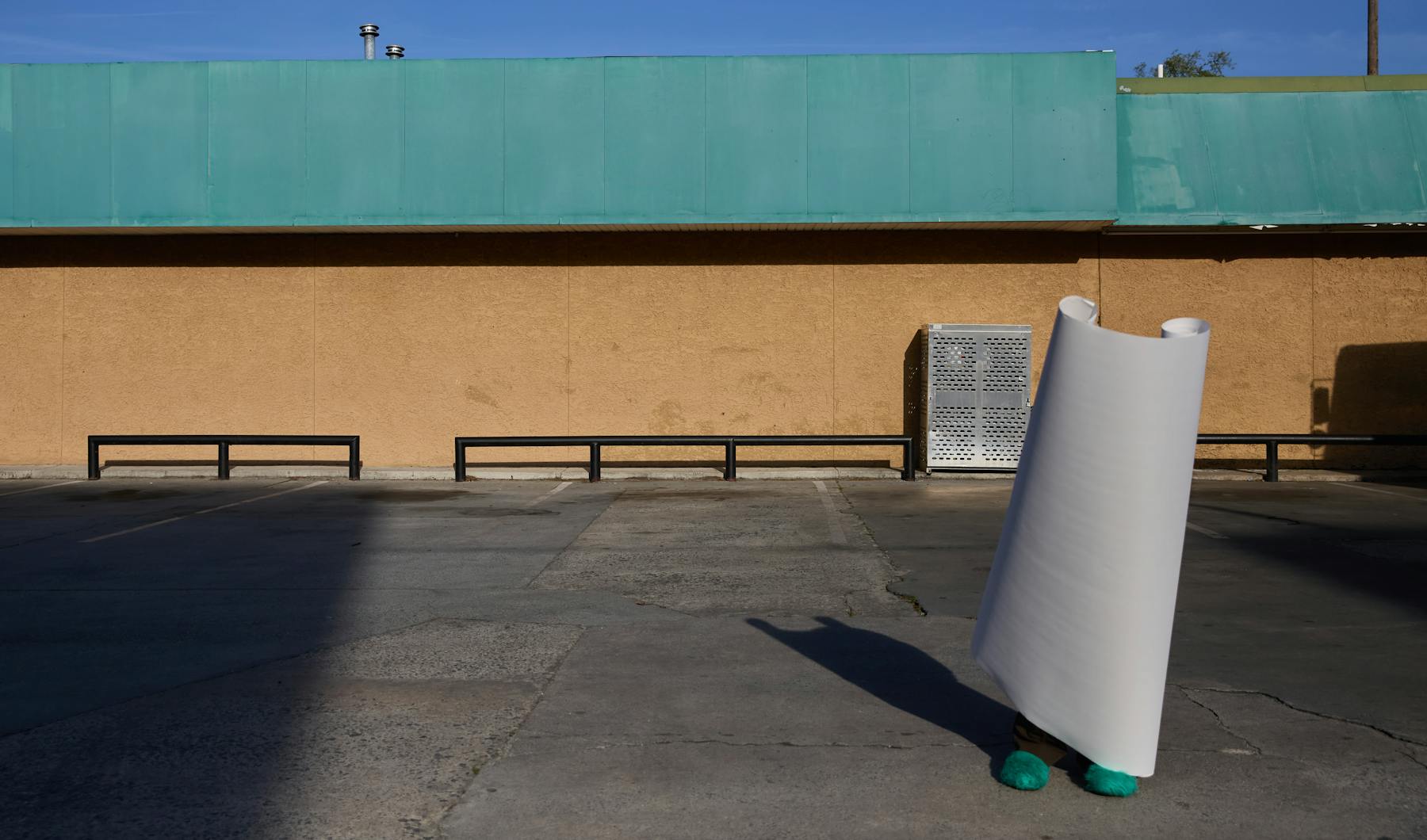
Images by Imruh Asha
Model Danial Aitouganov

Images by Imruh Asha
Model Danial Aitouganov
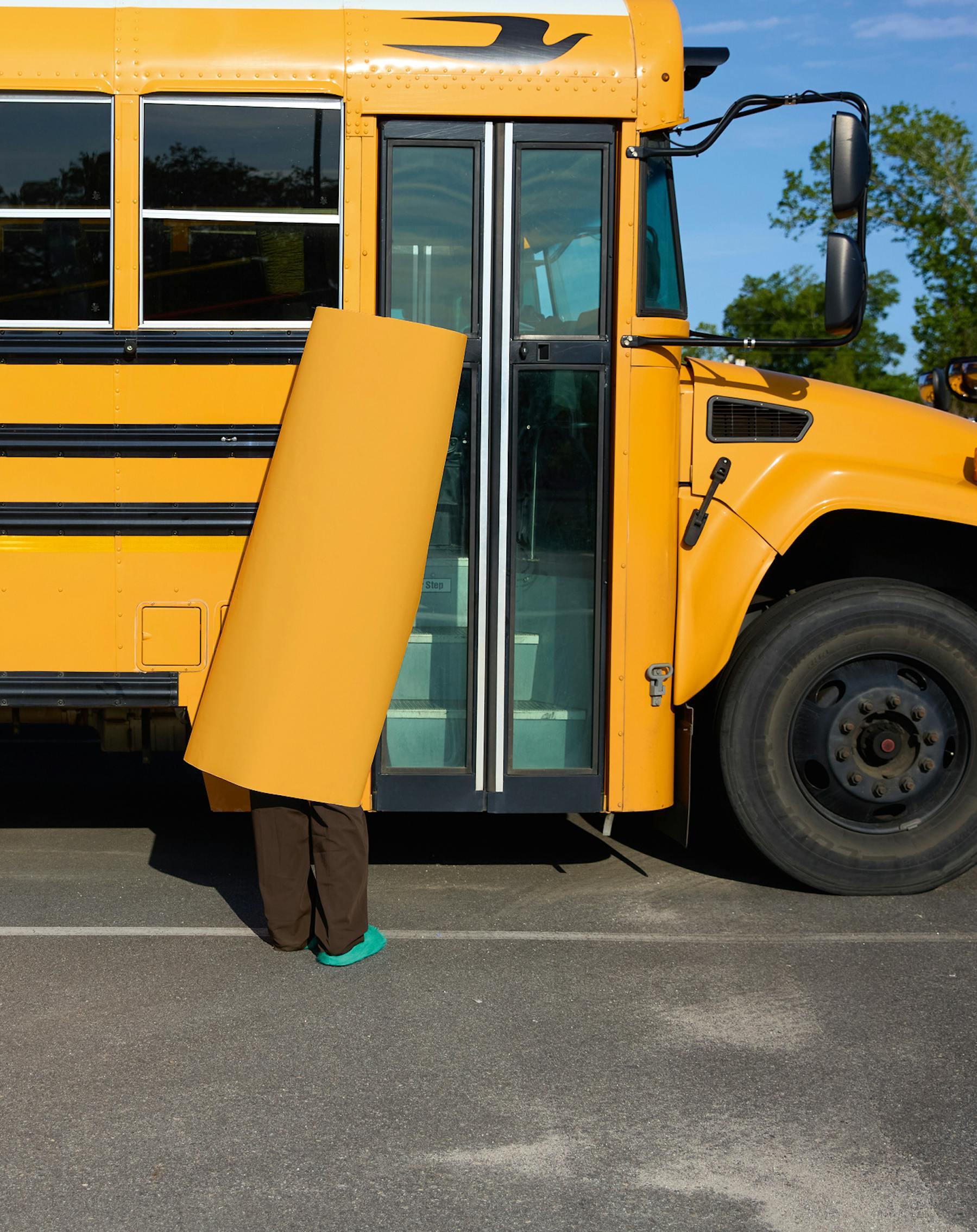
Images by Imruh Asha
Model Danial Aitouganov
When Edwin Sberro, founder and creative director of Exhibition Studio, discovered Imruh Asha’s Paper Monsters, he was fascinated by the organic shapes, completely anonymous yet so humane. He suggested publishing them. Conversation between two creative minds passionate about fashion and images.
Edwin Sberro What is the origin and the purpose of your Paper Monsters idea?
Imruh Asha The concept began with the idea of integrating paper into fashion. Paper is a versatile material; it has a strong structure, can be incredibly colourful, and allows for the creation of bold shapes. Despite its potential, paper is highly accessible — anyone can find or buy it easily. This accessibility is central to my work. I often experiment with everyday materials, showcasing how they can be transformed and abstracted in new and innovative ways. My goal is to demonstrate to the audience that creating art or fashion isn’t as difficult as it seems. It’s all about how you perceive materials and shapes and the context in which you place them.
ES As a stylist, do you have a special relationship with paper as a medium?
IA For me, paper is like fabric — another way to express art. It can be very light and also very sculptural because it’s easy to shape. Just like clothes, paper lets me create unique and powerful visual statements.
ES Could you present to us your working process for this series all around the world?
IA My process was very intuitive. Whenever I travelled for work to beautiful locations, I tried to stay an extra day or two to shoot the Paper Monsters project. I gathered a team around me — models, dancers, movement directors, styling assistants, balloon makers, photographers, and more. In the end, I shot in multiple locations across four different continents. I wanted to show the audience that it’s always possible to create your art, even when you step out of your comfort zone.
ES Why pick the word “Monsters”?
IA When we first started shooting with photographer Osma Harvilahti, the paper shapes unexpectedly transformed the body silhouettes, giving them a non-human appearance. These new, larger-than-life forms immediately made me think of them as monsters.
ES How do you see the evolution of fashion photography?
IA I see the evolution of fashion photography as an exciting journey. Initially, it was just about showing clothes clearly, but now it’s a form of art and storytelling. With digital technology, photographers can use new techniques and effects, making their work more creative. Social media has also changed the industry by giving more people a voice. This has led to more diversity and inclusivity in fashion photography. Today’s fashion photos mix art, culture, and commerce, creating powerful images that connect with people worldwide. Overall, fashion photography has grown with cultural and technological changes, constantly pushing the limits of creativity.
Edwin Sberro, Founder & Creative Director of Exhibition Studio & Magazine
In the world of style, it is common to say of particularly talented creatives that their work goes far “beyond” fashion. As if fashion were a trivial discipline and that what truly matters must necessarily lie “beyond.”
This statement is not only ambiguous but also unfortunate. On one hand, it questions the cultural and aesthetic significance of fashion, which is now acclaimed by the most important museums in the world and also by Academia. On the other hand, it tends to undervalue the journey of artists who, through the eclectic language of fashion, have tackled fundamental issues for the whole contemporary culture.
It is precisely “in” fashion and not “beyond” it, that Imruh Asha has developed the singular and powerful expression that has brought him to the attention of the greatest artists and media in his field.
Describing his work is not simple, not because it is difficult to understand, on the contrary. The stylistic features of each image, such as the use of colour and geometry, are immediately recognisable. Similarly, the systematic choice to place human bodies in dialogue with colourful paper sculptures gives the Paper Monsters series the formal uniformity that makes it extremely accessible.
The difficulty in recounting Imruh Asha’s ars imaginativa lies, instead, in the hybrid subtlety of an artist who does not make photographs, clothes, or other artefacts but creates visions within which all these ingredients are merely part of the finished work. There is no practice more significant for the present time than that exercised by a great creator of pervasive aesthetics, that is, global visions in which every minute detail contributes to generating a mood or an atmosphere - as the philosophers of everyday aesthetics would say.
The visions in Paper Monsters touch upon the very essence of fashion, starting from its transformative power and its ability to express the increasingly fluid and mobile nature of contemporary identity.
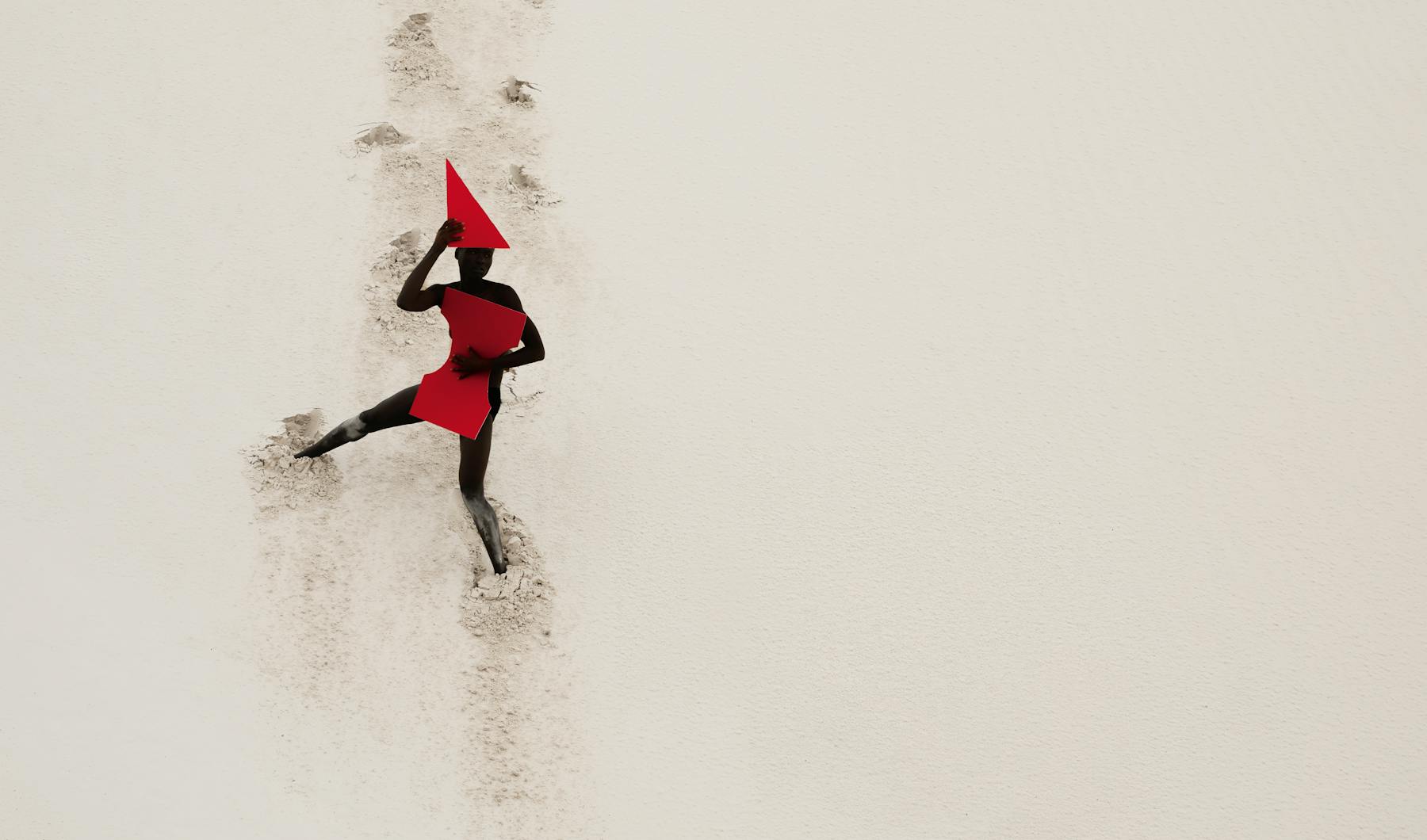
Images by Carlijn Jacobs
Model Andrea Drogba @Premium Models
Casting Aroua Ammari
Production Camilla Poce and Aroua Ammari
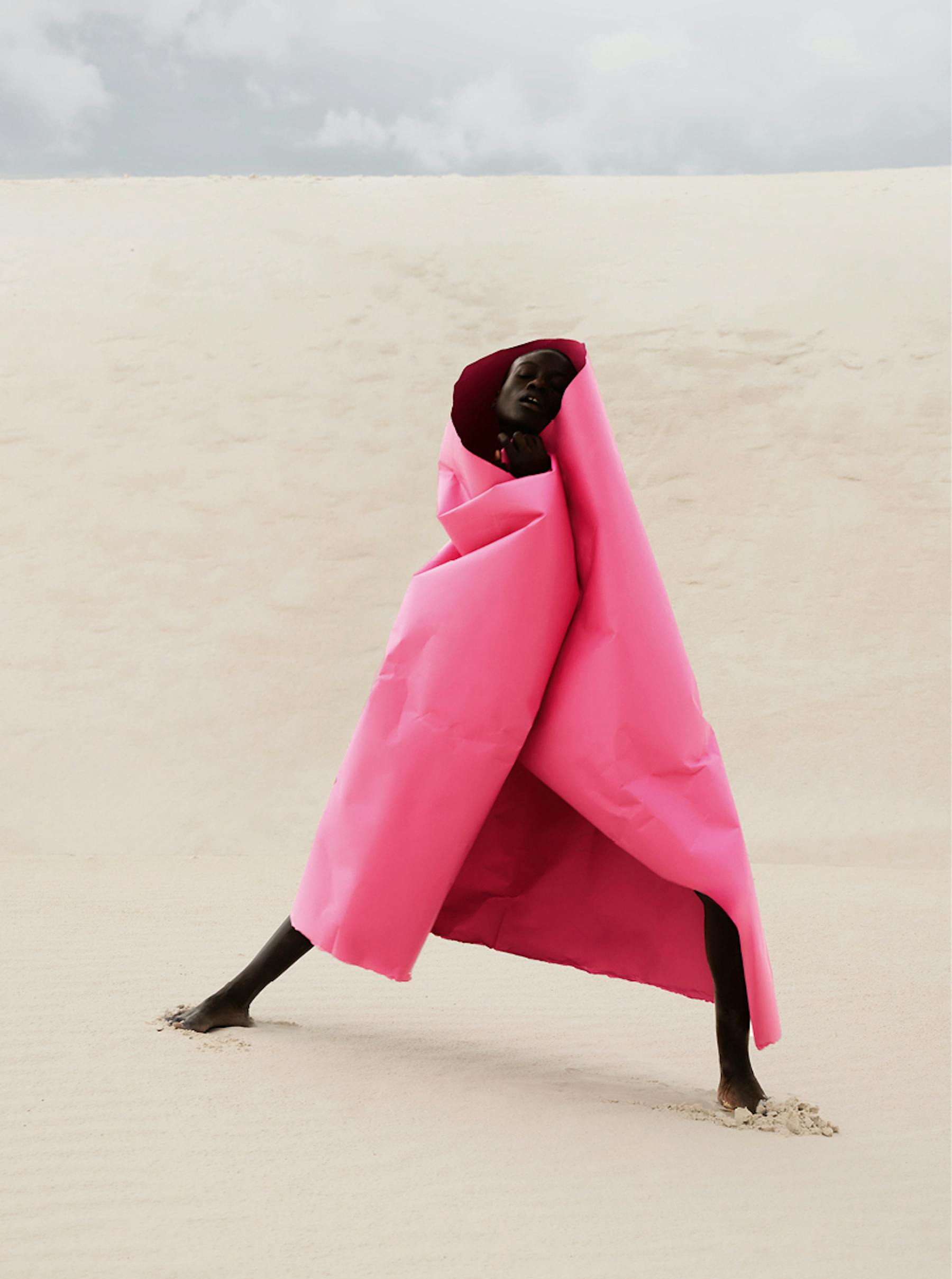
Images by Carlijn Jacobs
Model Andrea Drogba @Premium Models
Casting Aroua Ammari
Production Camilla Poce and Aroua Ammari
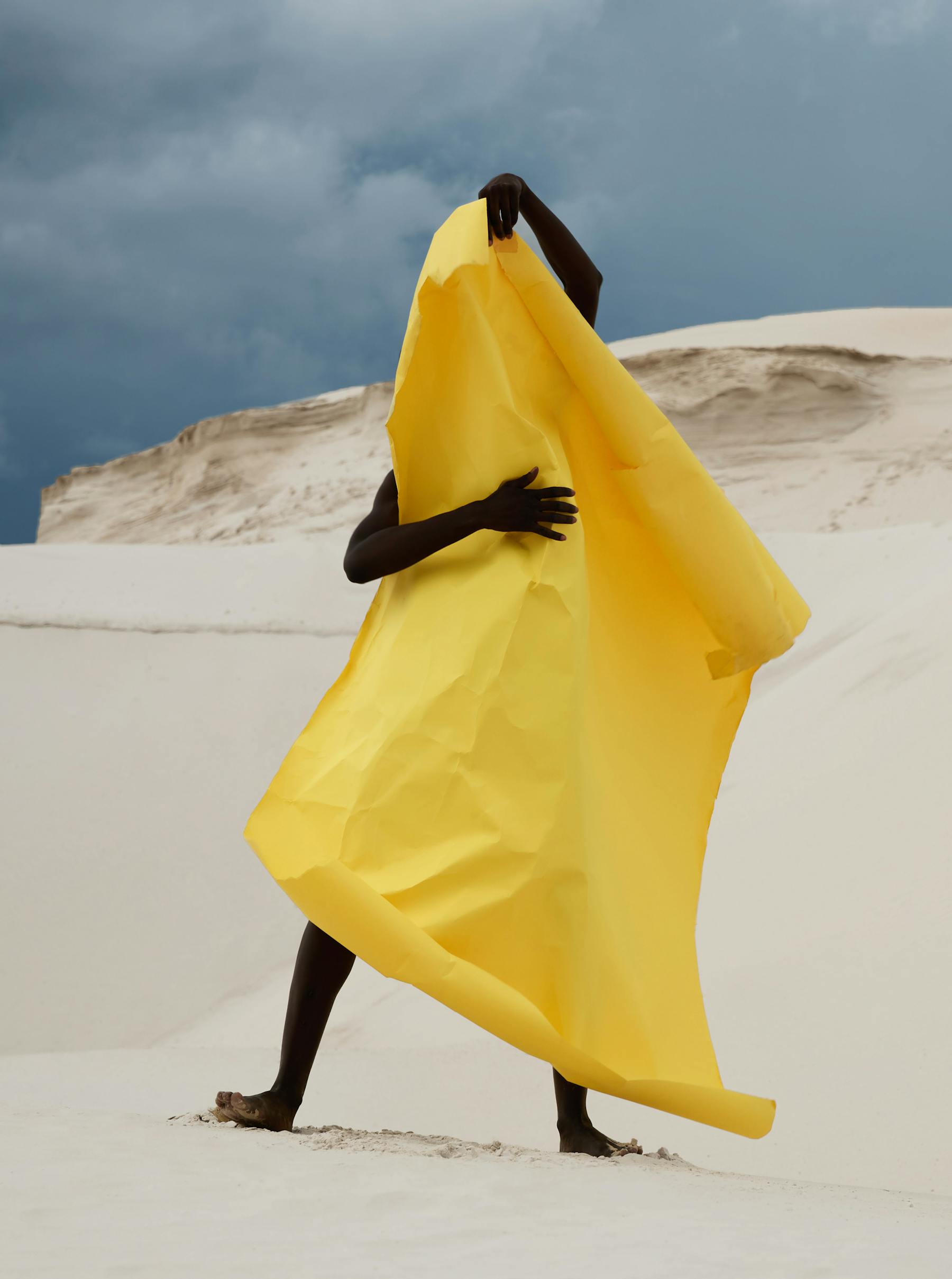
Images by Carlijn Jacobs
Model Andrea Drogba @Premium Models
Casting Aroua Ammari
Production Camilla Poce and Aroua Ammari
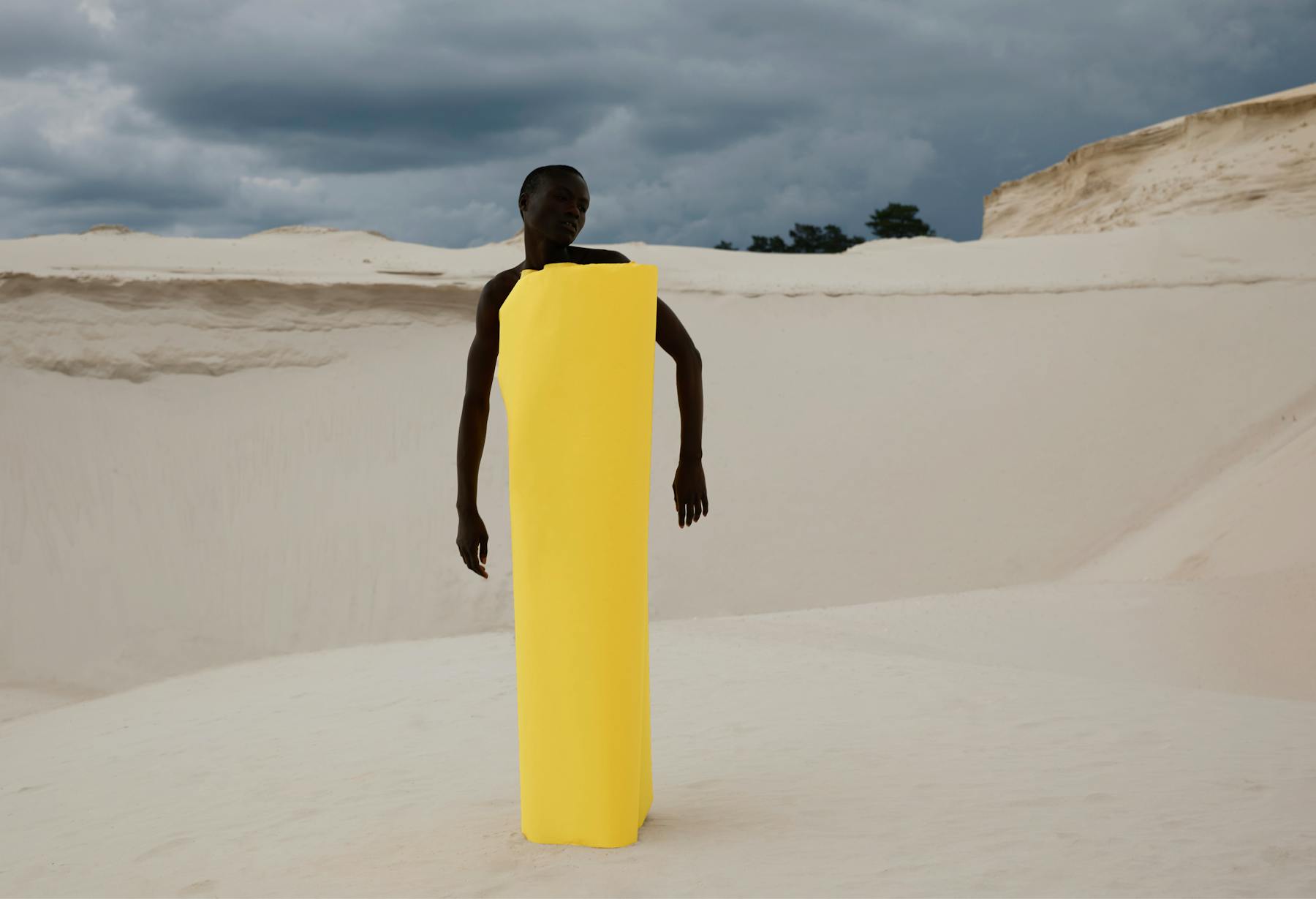
Images by Carlijn Jacobs
Model Andrea Drogba @Premium Models
Casting Aroua Ammari
Production Camilla Poce and Aroua Ammari
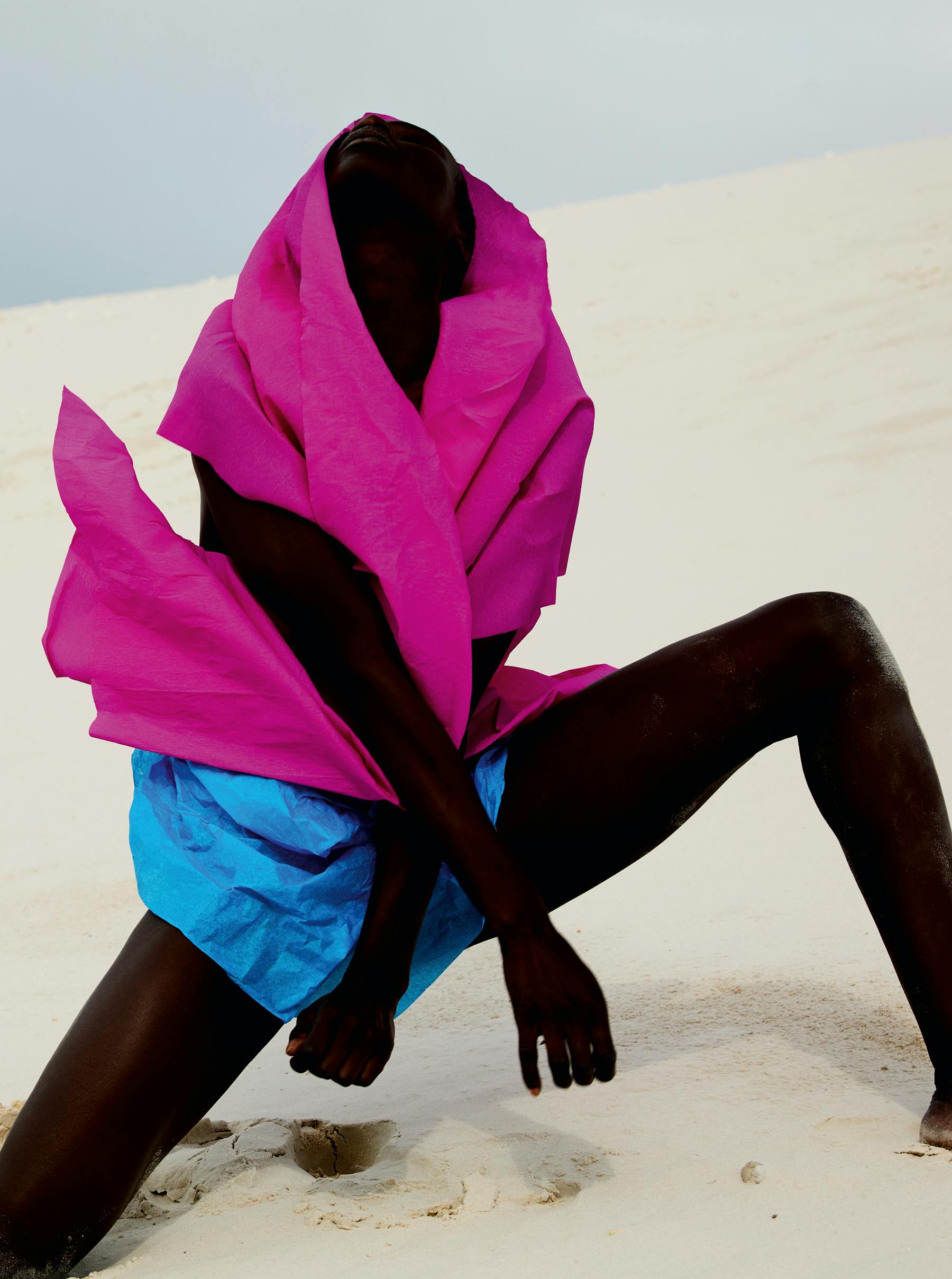
Images by Carlijn Jacobs
Model Andrea Drogba @Premium Models
Casting Aroua Ammari
Production Camilla Poce and Aroua Ammari
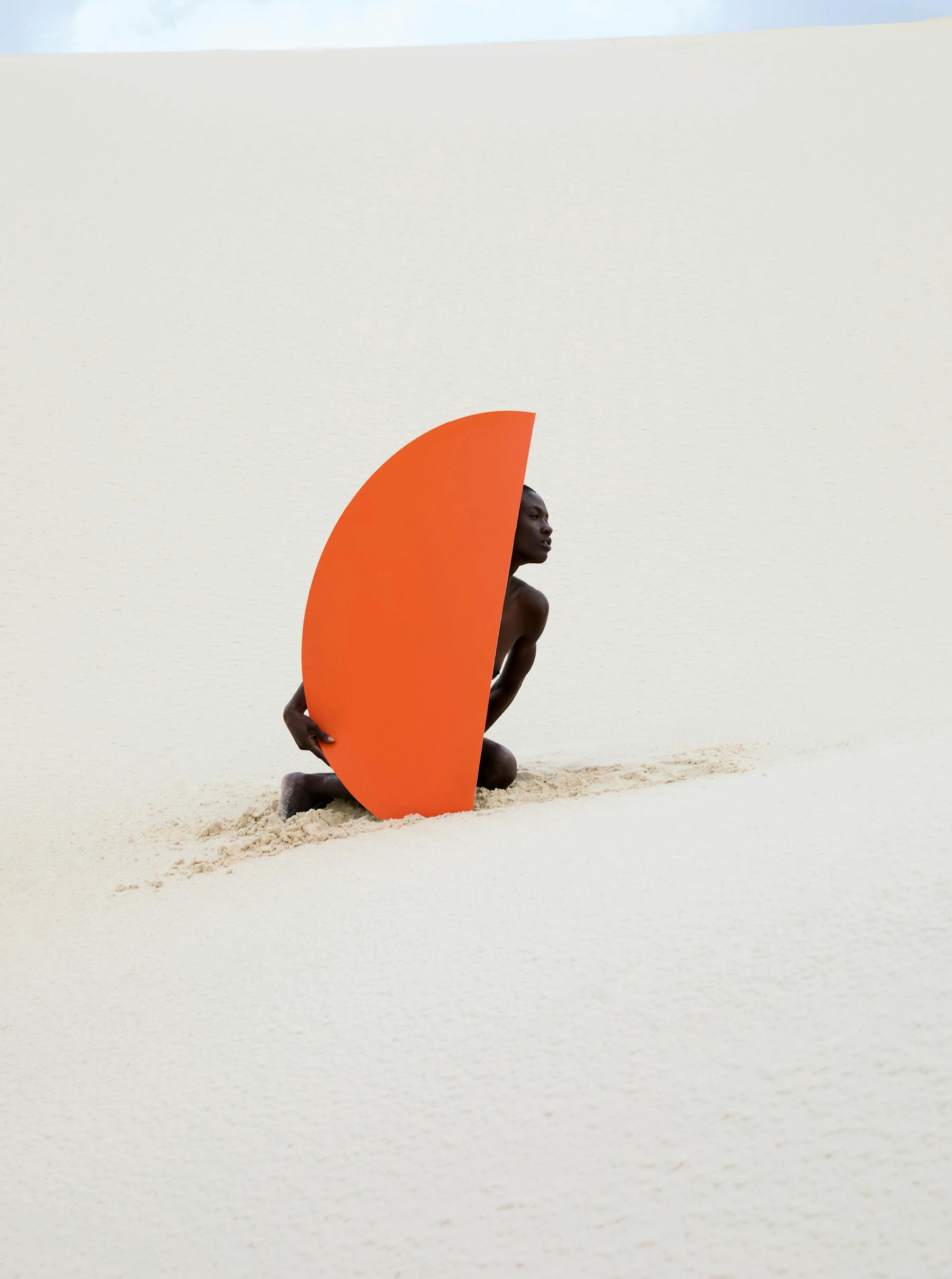
Images by Carlijn Jacobs
Model Andrea Drogba @Premium Models
Casting Aroua Ammari
Production Camilla Poce and Aroua Ammari
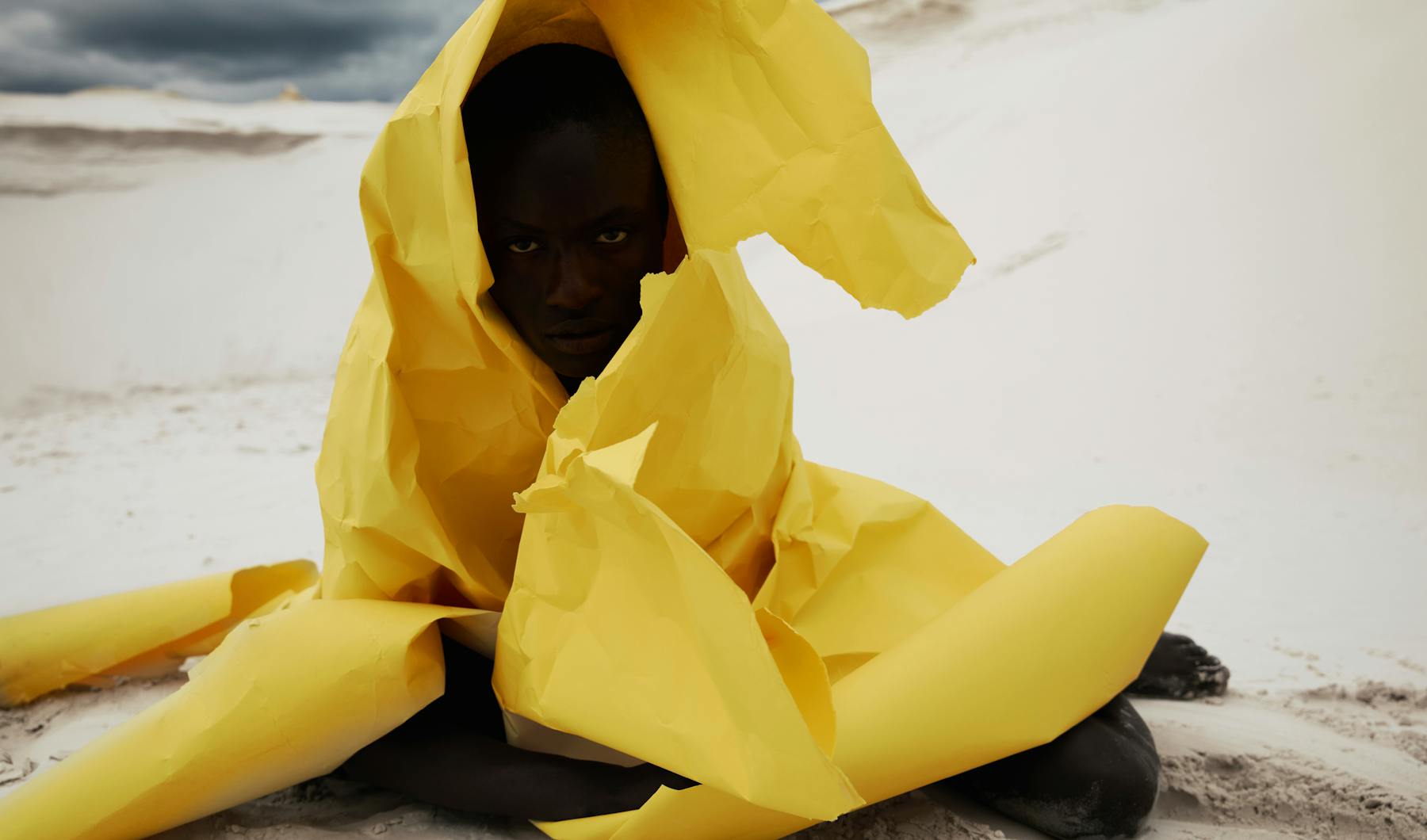
Images by Carlijn Jacobs
Model Andrea Drogba @Premium Models
Casting Aroua Ammari
Production Camilla Poce and Aroua Ammari
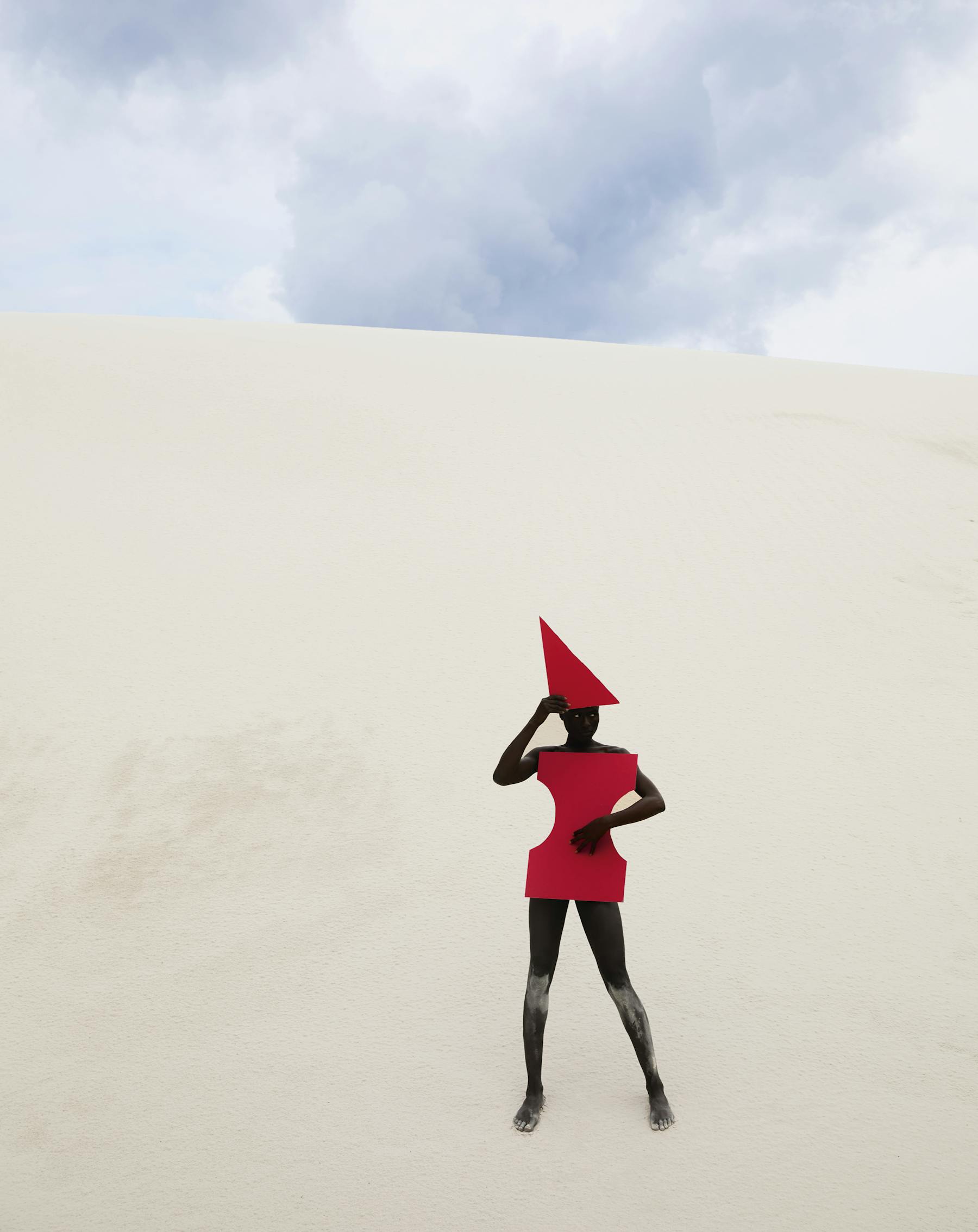
Images by Carlijn Jacobs
Model Andrea Drogba @Premium Models
Casting Aroua Ammari
Production Camilla Poce and Aroua Ammari
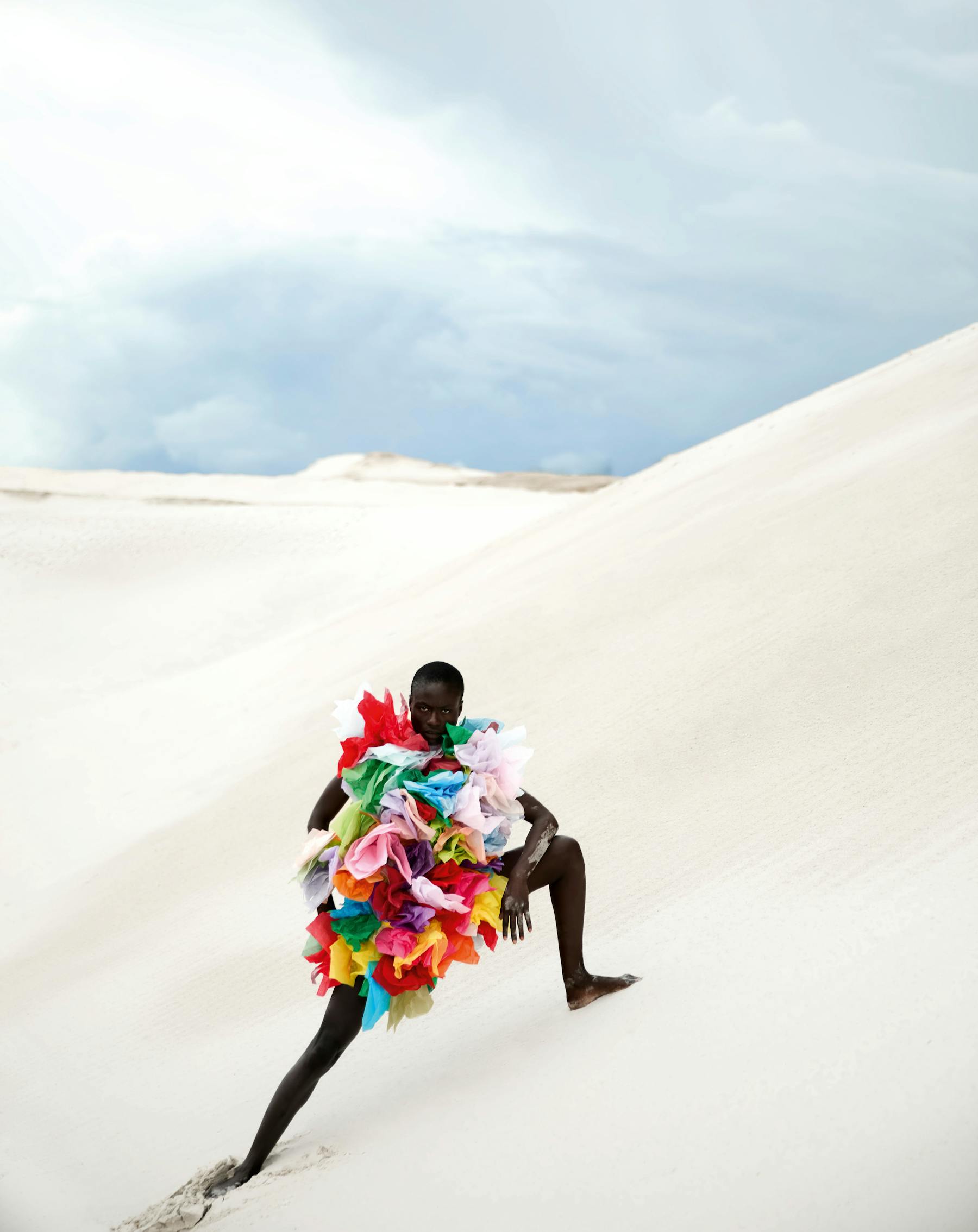
Images by Carlijn Jacobs
Model Andrea Drogba @Premium Models
Casting Aroua Ammari
Production Camilla Poce and Aroua Ammari
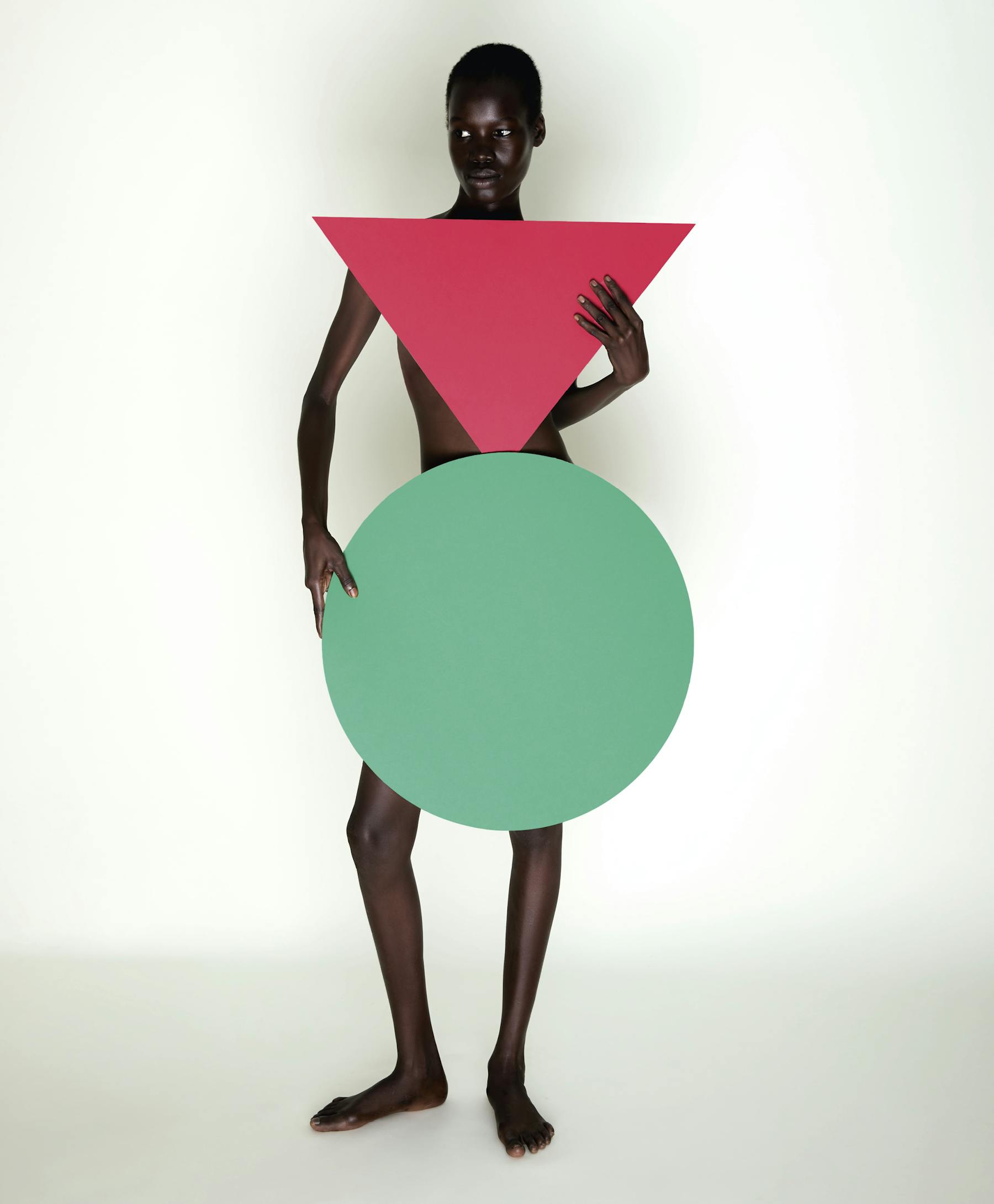
Images by Carlijn Jacobs
Model Mary Jal @Premium Models
Casting Aroua Ammari
Production Camilla Poce and Aroua Ammari

Images by Carlijn Jacobs
Model Mary Jal @Premium Models
Casting Aroua Ammari
Production Camilla Poce and Aroua Ammari
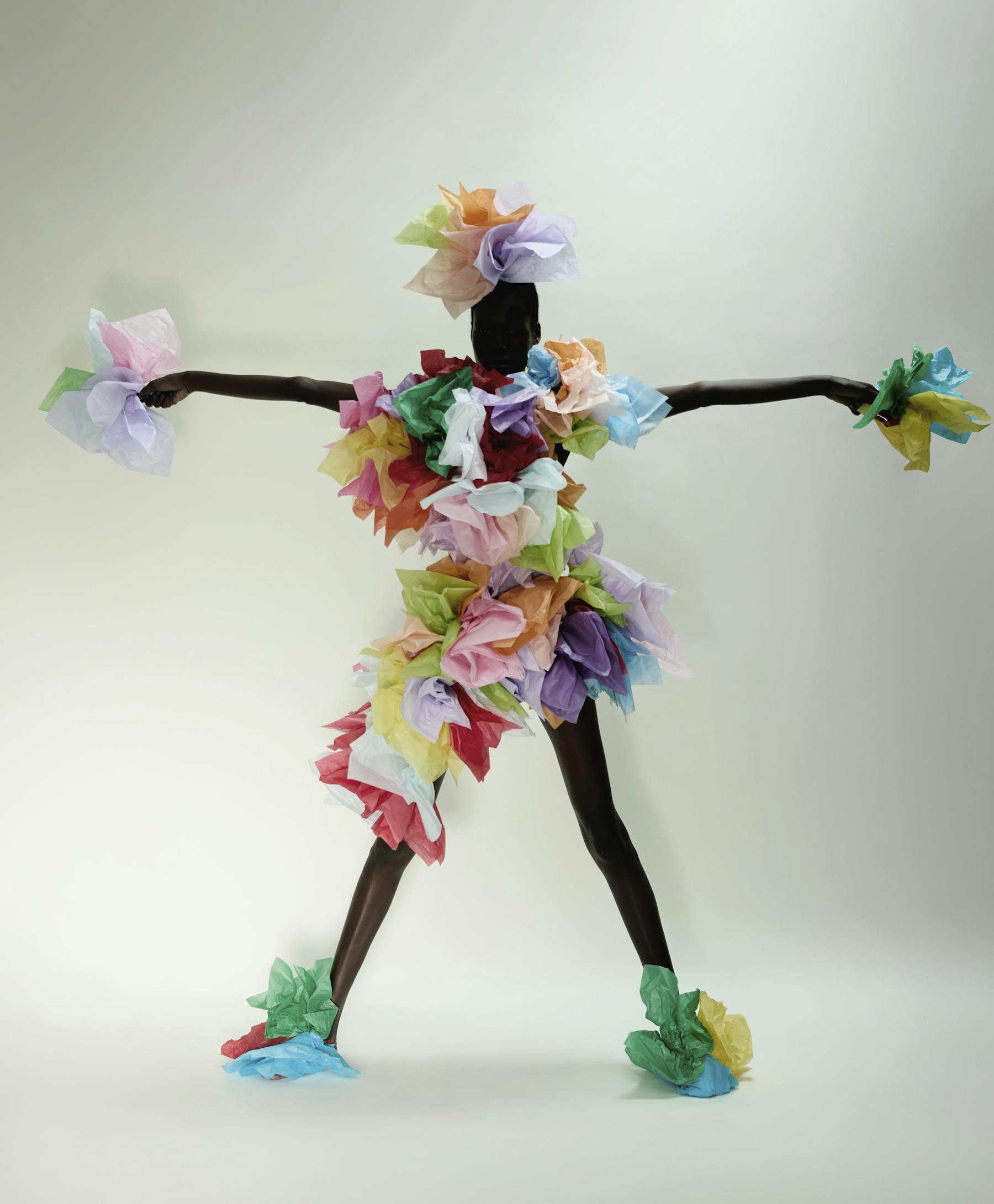
Images by Carlijn Jacobs
Model Mary Jal @Premium Models
Casting Aroua Ammari
Production Camilla Poce and Aroua Ammari
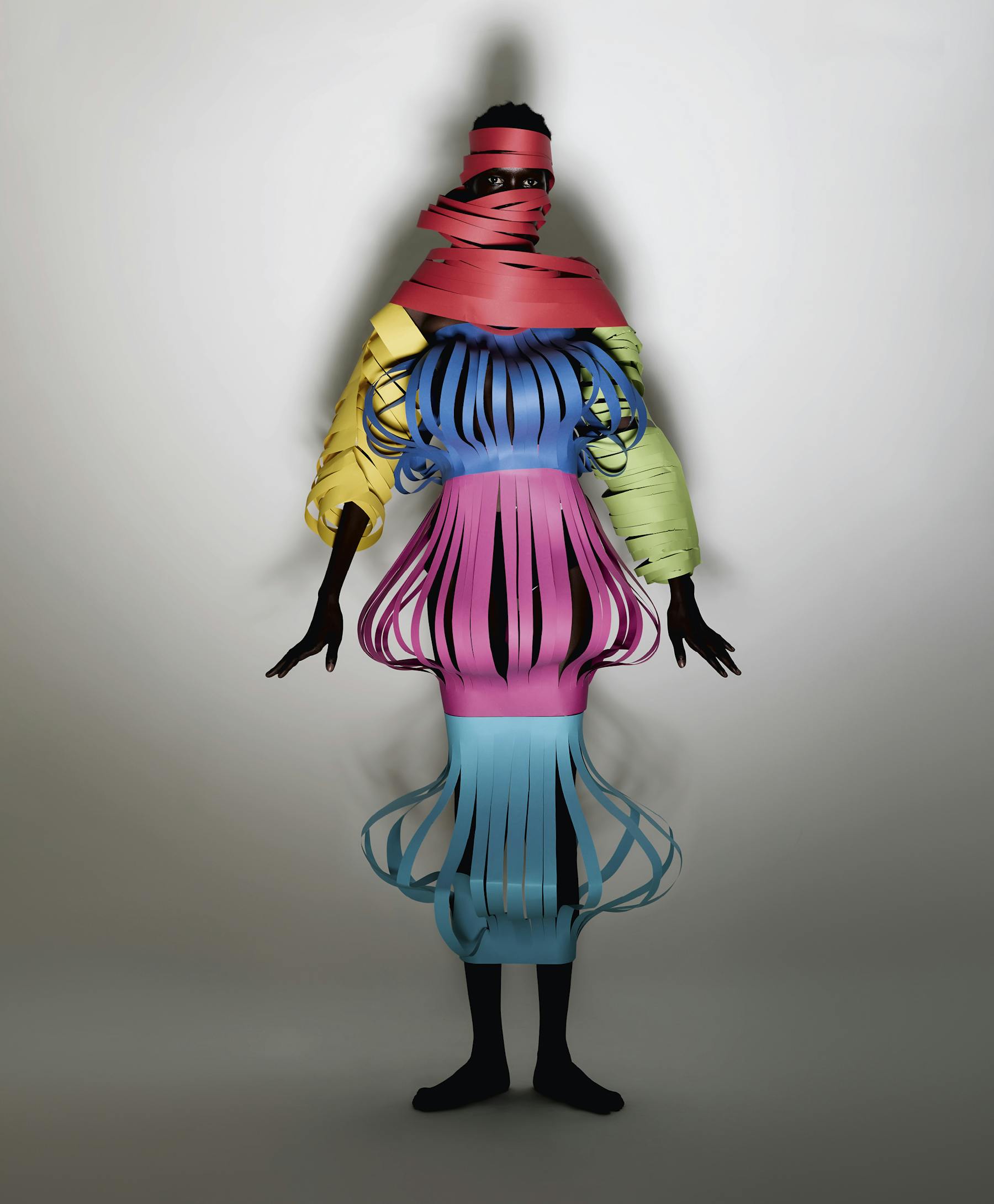
Images by Carlijn Jacobs
Model Mary Jal @Premium Models
Casting Aroua Ammari
Production Camilla Poce and Aroua Ammari
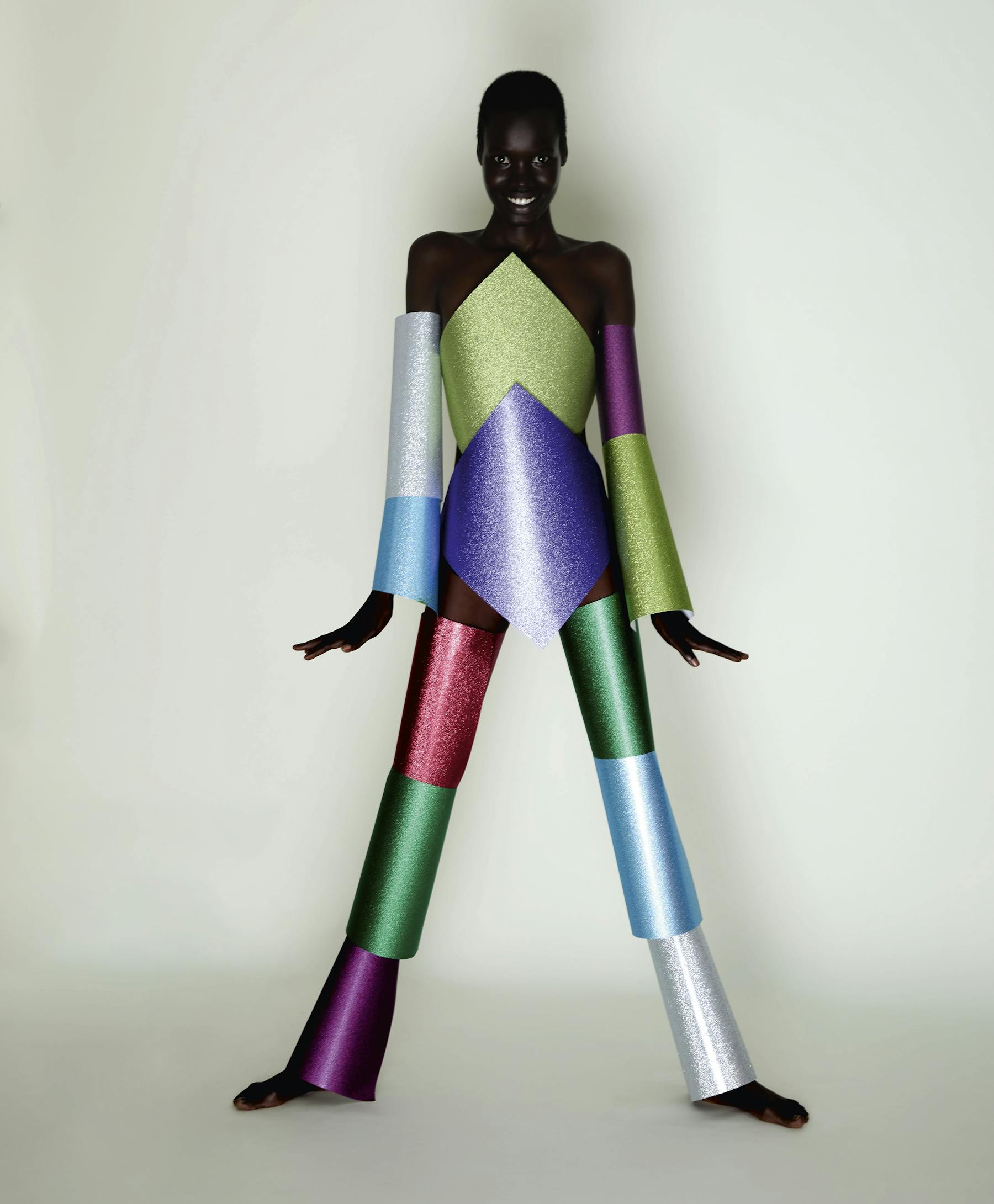
Images by Carlijn Jacobs
Model Mary Jal @Premium Models
Casting Aroua Ammari
Production Camilla Poce and Aroua Ammari
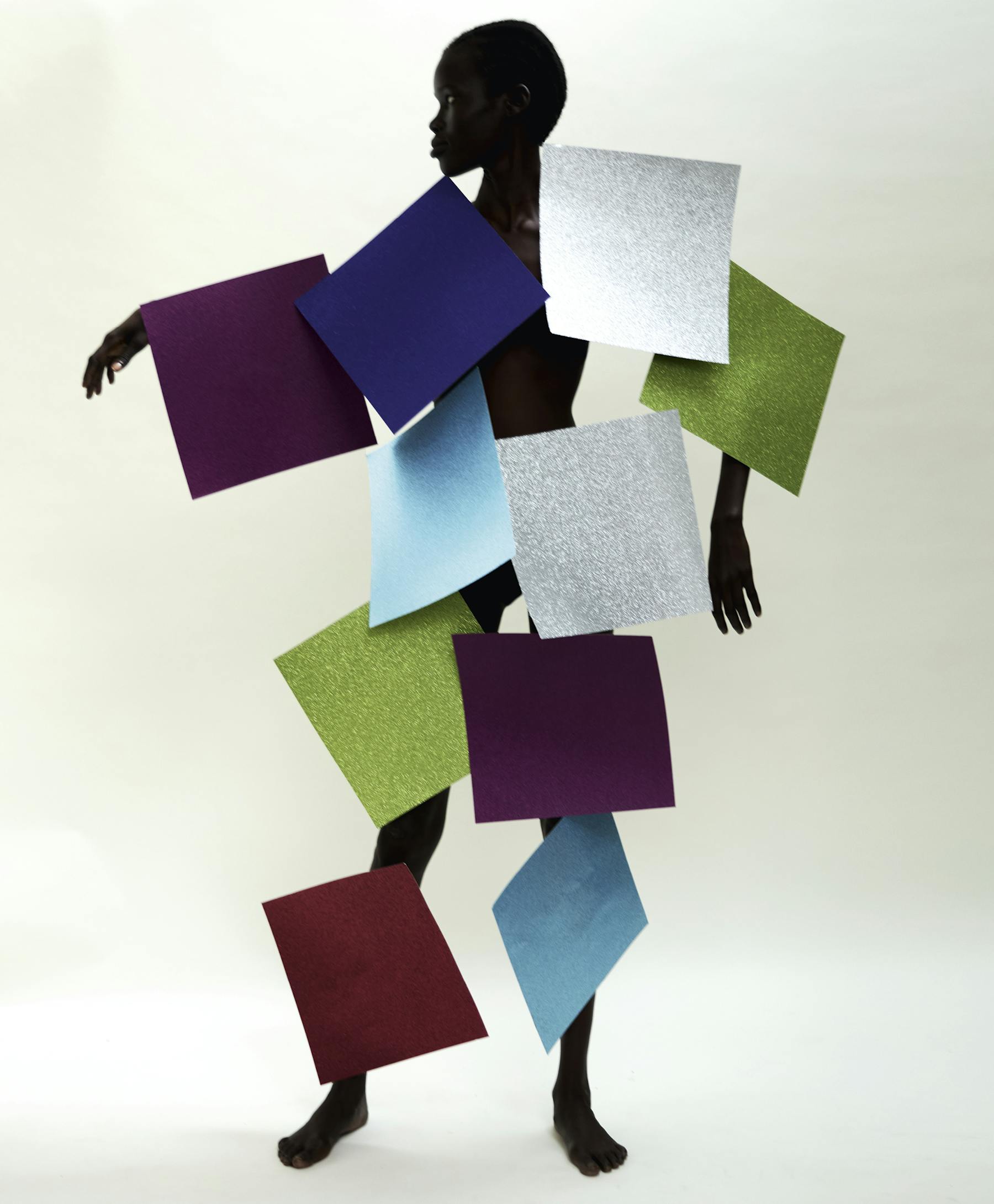
Images by Carlijn Jacobs
Model Mary Jal @Premium Models
Casting Aroua Ammari
Production Camilla Poce and Aroua Ammari
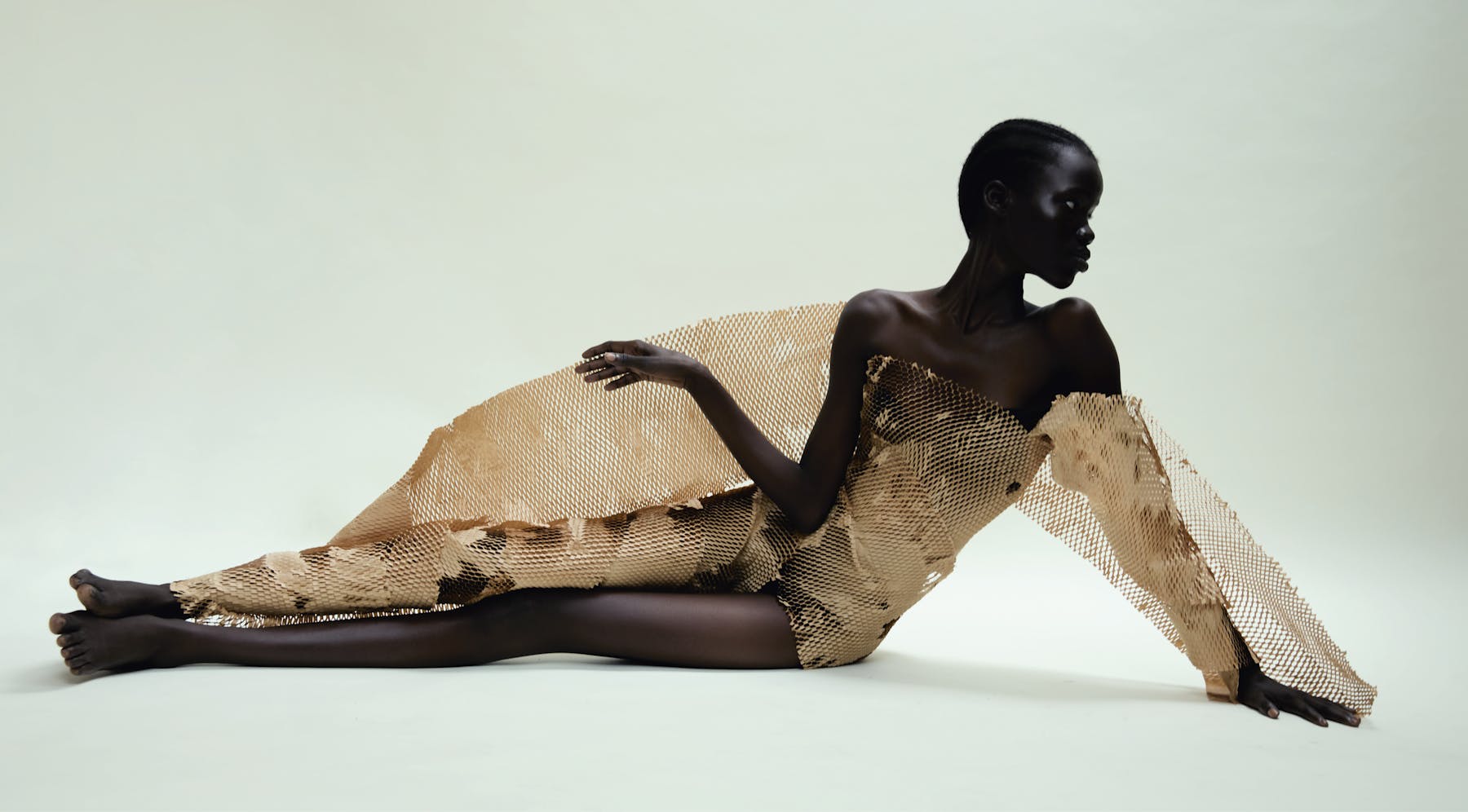
Images by Carlijn Jacobs
Model Mary Jal @Premium Models
Casting Aroua Ammari
Production Camilla Poce and Aroua Ammari
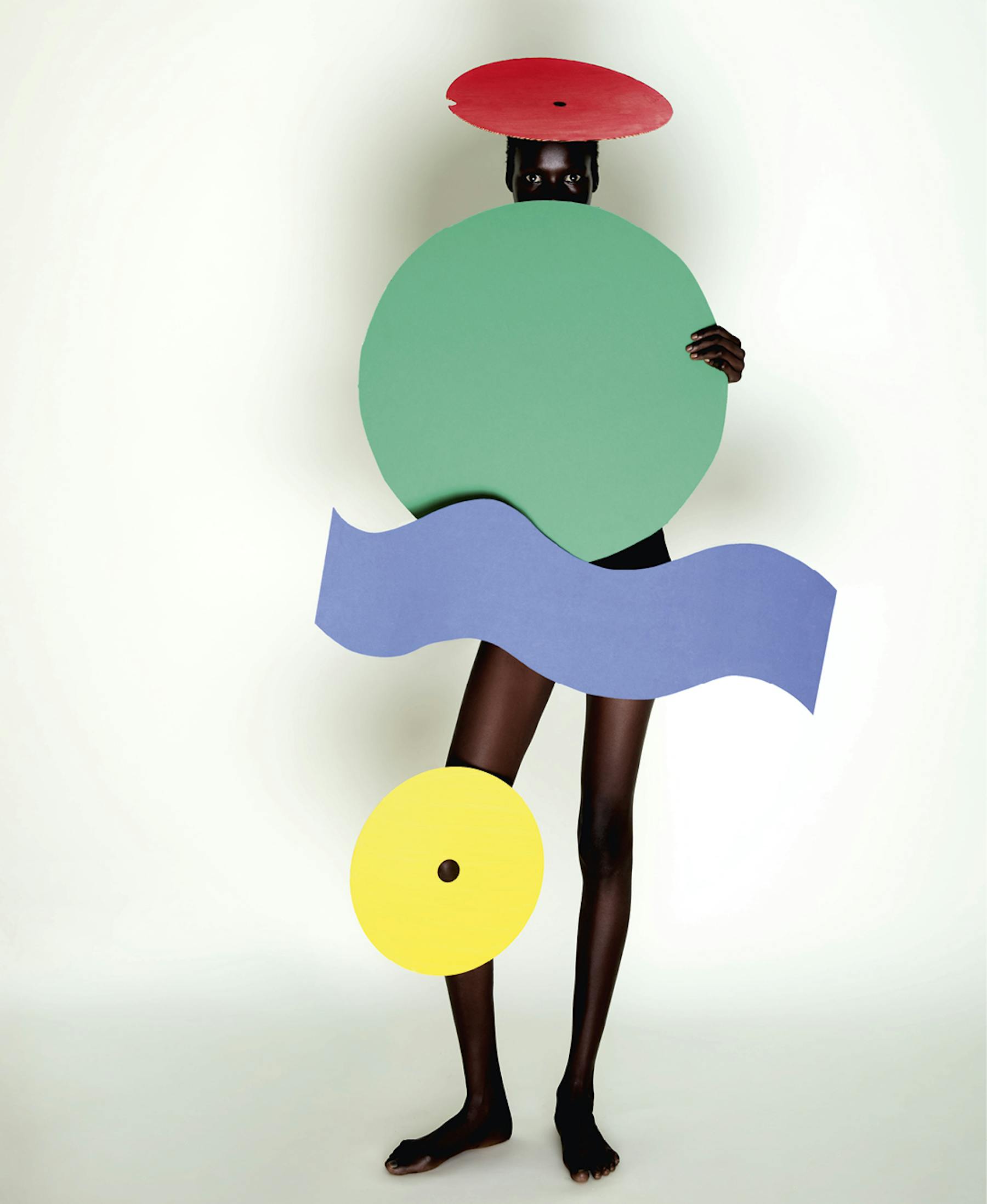
Images by Carlijn Jacobs
Model Mary Jal @Premium Models
Casting Aroua Ammari
Production Camilla Poce and Aroua Ammari
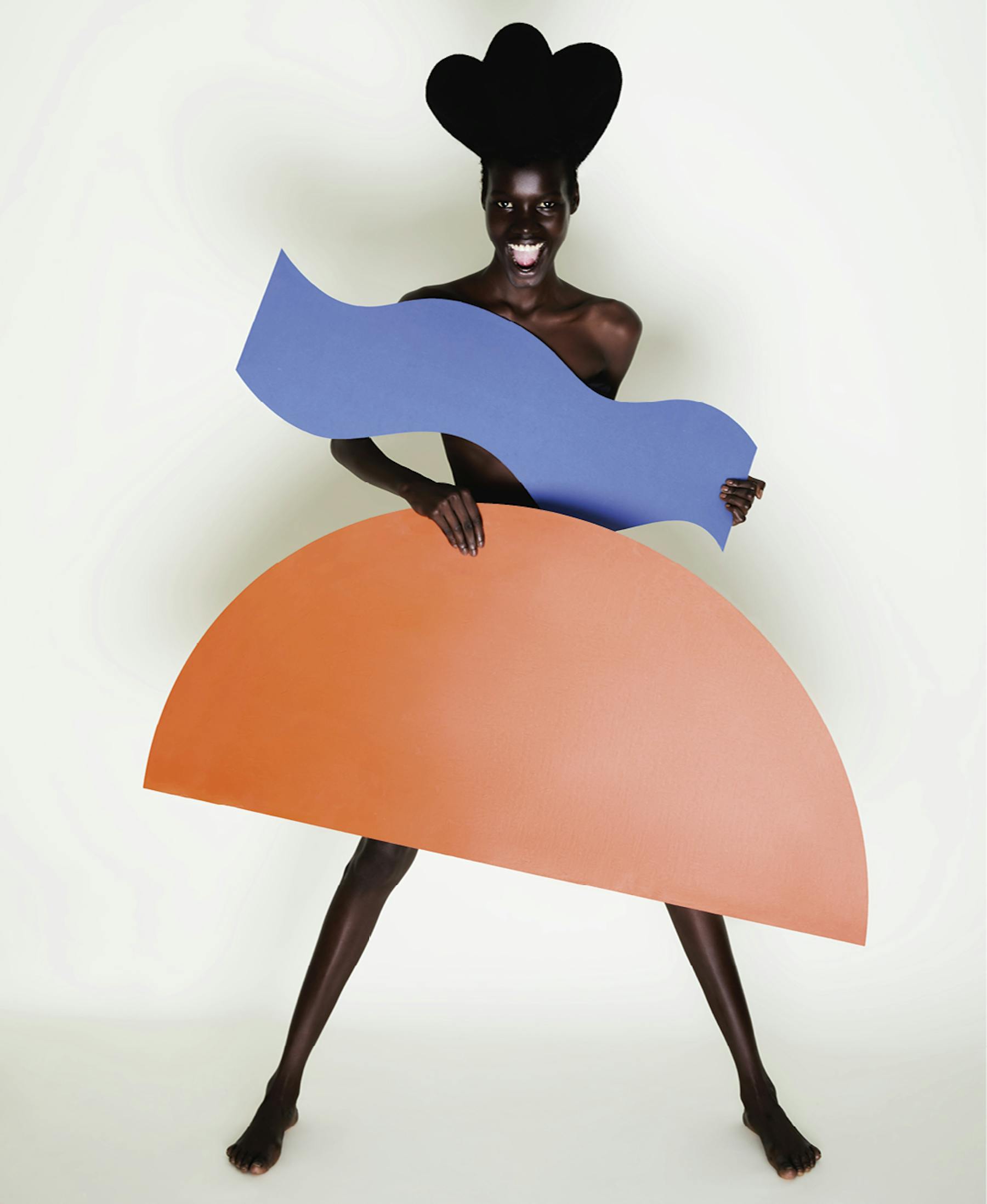
Images by Carlijn Jacobs
Model Mary Jal @Premium Models
Casting Aroua Ammari
Production Camilla Poce and Aroua Ammari

Images by Carlijn Jacobs
Model Mary Jal @Premium Models
Casting Aroua Ammari
Production Camilla Poce and Aroua Ammari
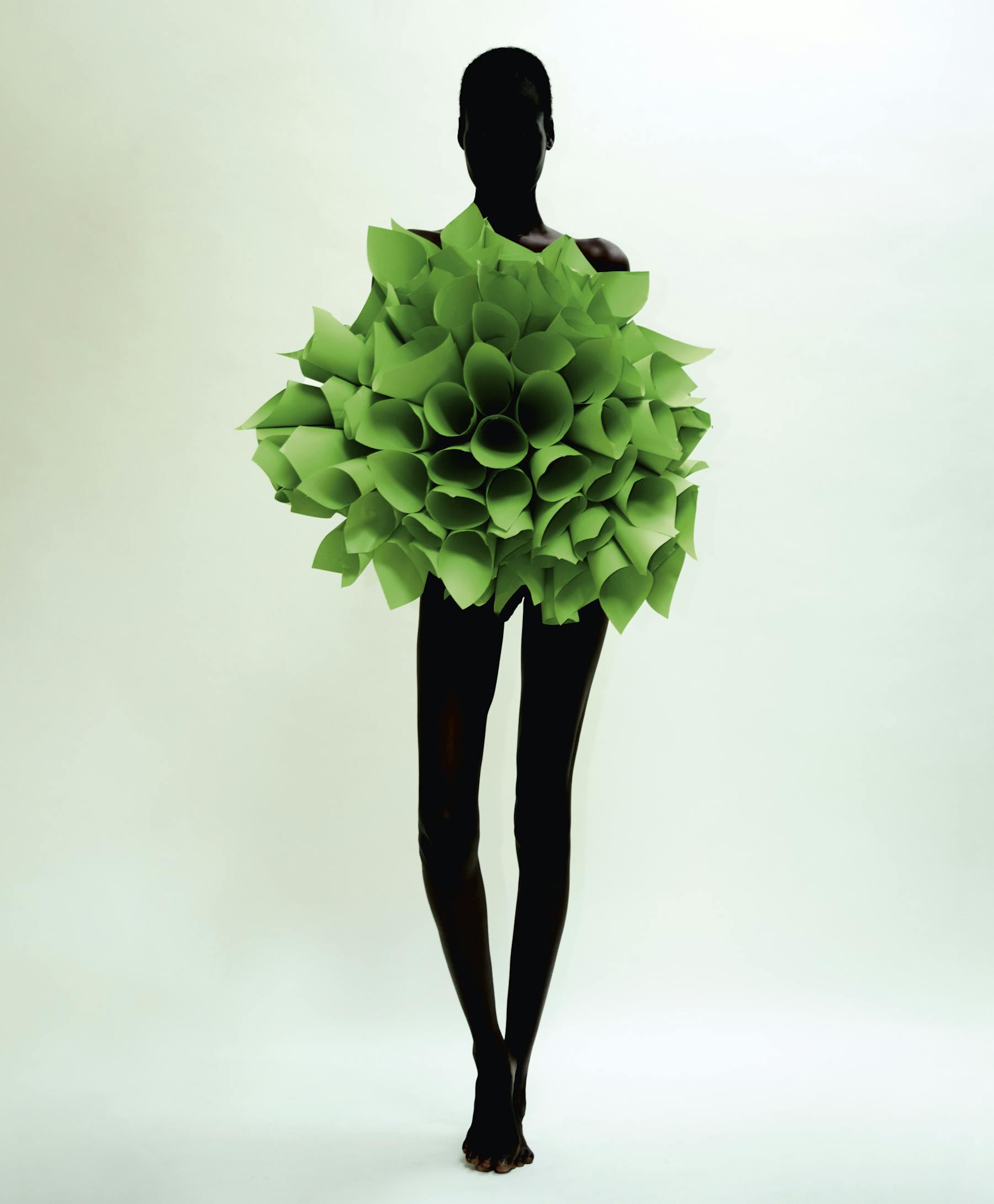
Images by Carlijn Jacobs
Model Mary Jal @Premium Models
Casting Aroua Ammari
Production Camilla Poce and Aroua Ammari
The monsters in the title of the volume do not only refer to the “monstrous” that frightens. By definition, the Latin monstrum is also that which generates attention and compels awareness, transforming appearances through form, colour, contrast, and the construction of the entire image. Coming from the same word that once meant “exhibition,” one cannot imagine a more appropriate incarnation than the monster to describe the transfiguring power of fashion in our lives. We are always, in a way, fashion monsters, whether we use it to deform the body or when the spell of styling magnifies it. Dressing means rewriting one’s appearance on the body each time, just as one writes their name on paper.
In Paper Monsters, the referred “paper” is the one transforming the morphology of the bodies depicted. Metaphorically, it is also the paper that, from its origins, has given voice to modern fashion and elevated it to a global phenomenon. It is the printed paper of magazines, advertisements, books, and large-format photographs that transformed the disruptive frivolity of fashion into a lifestyle or even, according to some thinkers, a way of being.
Curiously, despite being present on every page, the body does not seem to be the true protagonist of the work. Indeed, the body disappears into the clothing and coloured paper, which never have complex and articulated structures, like a mock dress. Instead, it always has the radical elegance of polygons and primary solids (square-cube, circle-sphere, triangle-pyramid), as if deliberately distancing itself from the organic nature of the human person. Moreover, Imruh Asha’s images are not built on homogeneity, a quality we often attribute to what is natural. On the contrary, the images rather highlight contrast and estrangement, qualities usually associated with what is artificial.
Perhaps it is precisely through this paradoxical aspect that Paper Monsters captures the enchantment of which only fashion is capable. If the idea of inorganic, non-human, or artificial fashion seems strange, even absurd, it is because styling unveils an aspect of human character that appears absurd even to humans themselves. Yet, it is the secret ingredient that allows us to understand the infinite potential for desirability in modern fashion: the absurd but profoundly human dream of being oneself and (also) other than oneself simultaneously.
Luca Marchetti Semiotician, cultural analyst, fashion critic

Images by Imruh Asha
Movement direction by Yagamoto
Production by Kenneth Okorley
Model Vírus Carinhoso
Assistant Beatriz Hellington
Special thanks Liliane Hellington
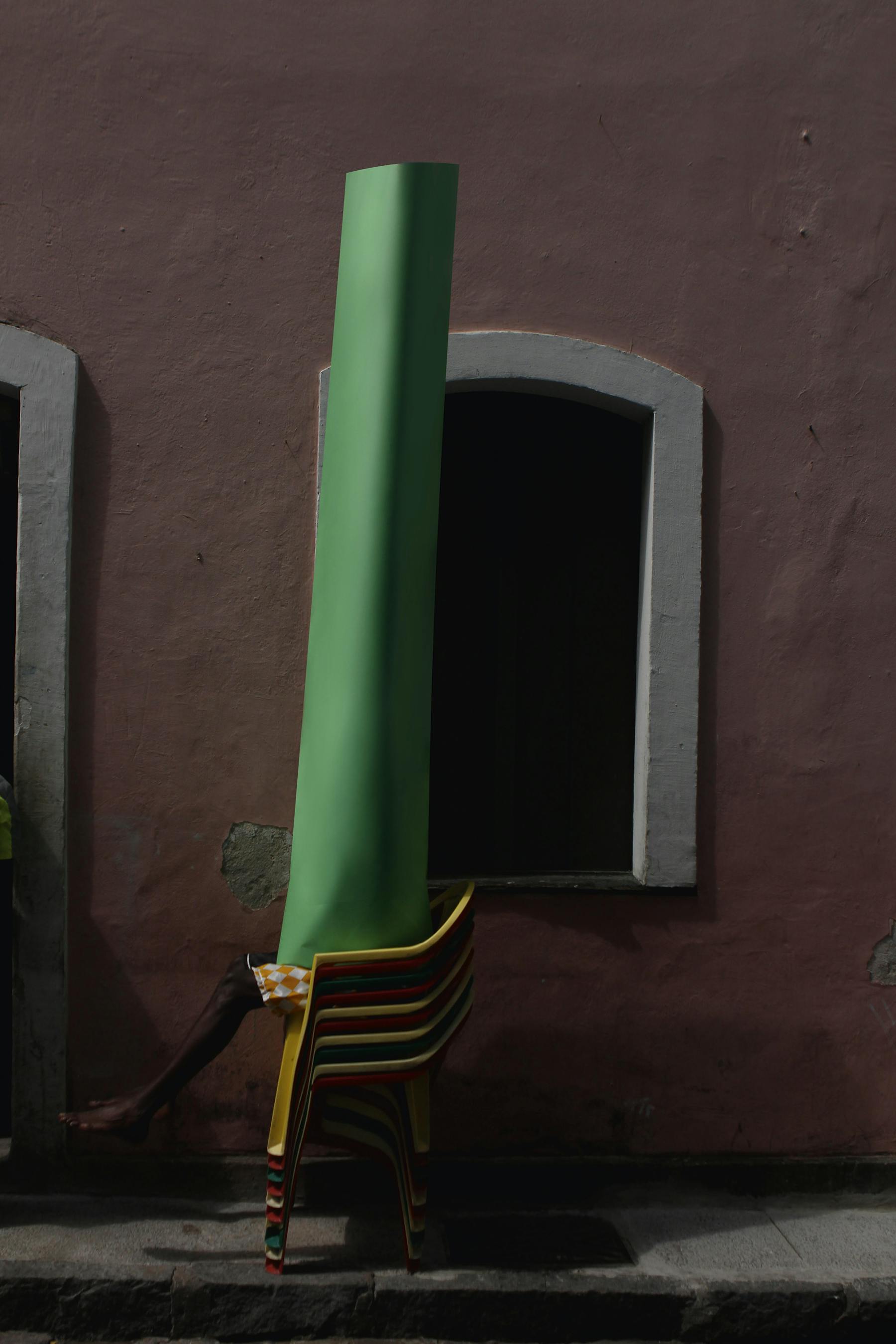
Images by Imruh Asha
Movement direction by Yagamoto
Production by Kenneth Okorley
Model Vírus Carinhoso
Assistant Beatriz Hellington
Special thanks Liliane Hellington
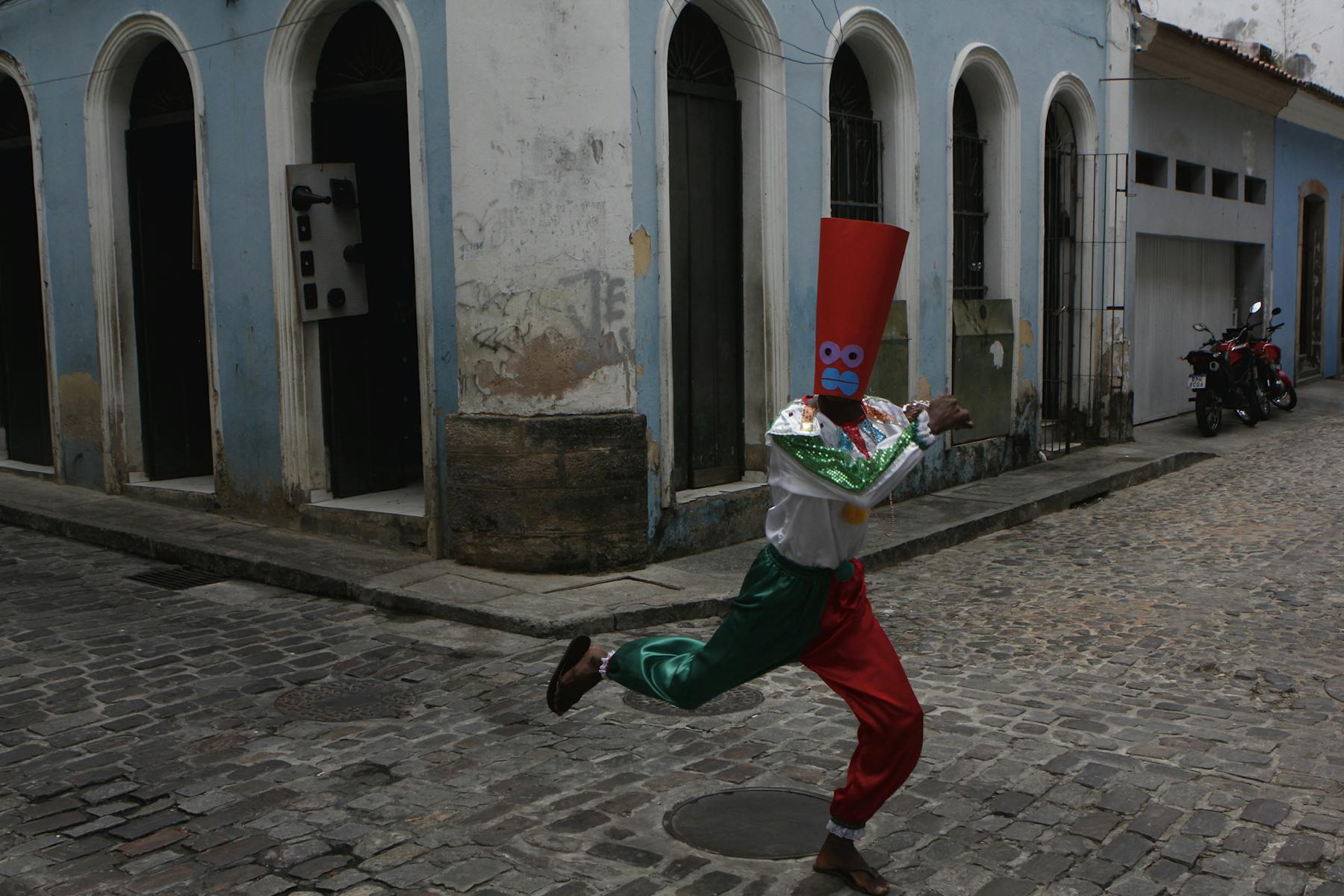
Images by Imruh Asha
Movement direction by Yagamoto
Production by Kenneth Okorley
Model Vírus Carinhoso
Assistant Beatriz Hellington
Special thanks Liliane Hellington
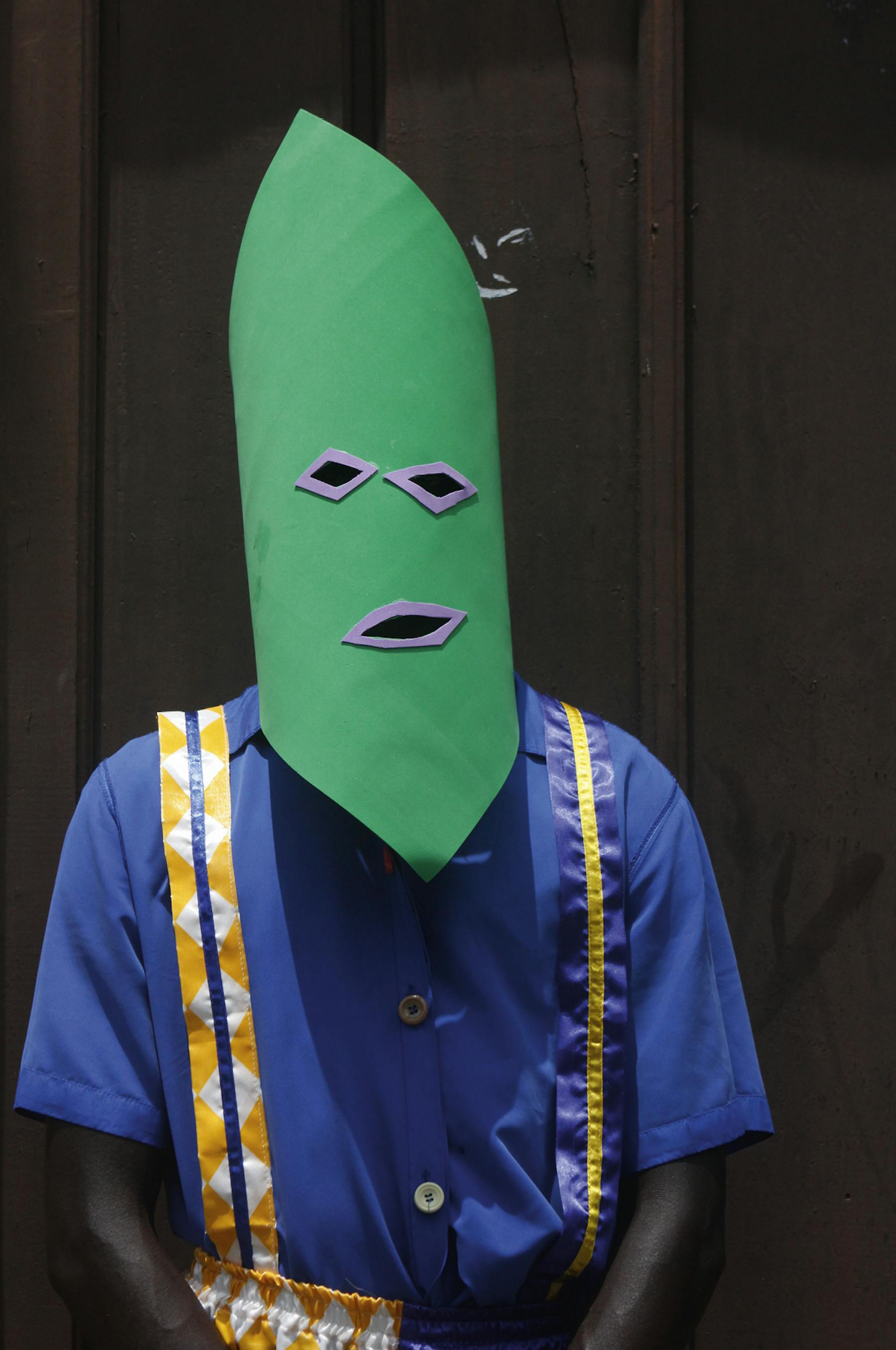
Images by Imruh Asha
Movement direction by Yagamoto
Production by Kenneth Okorley
Model Vírus Carinhoso
Assistant Beatriz Hellington
Special thanks Liliane Hellington
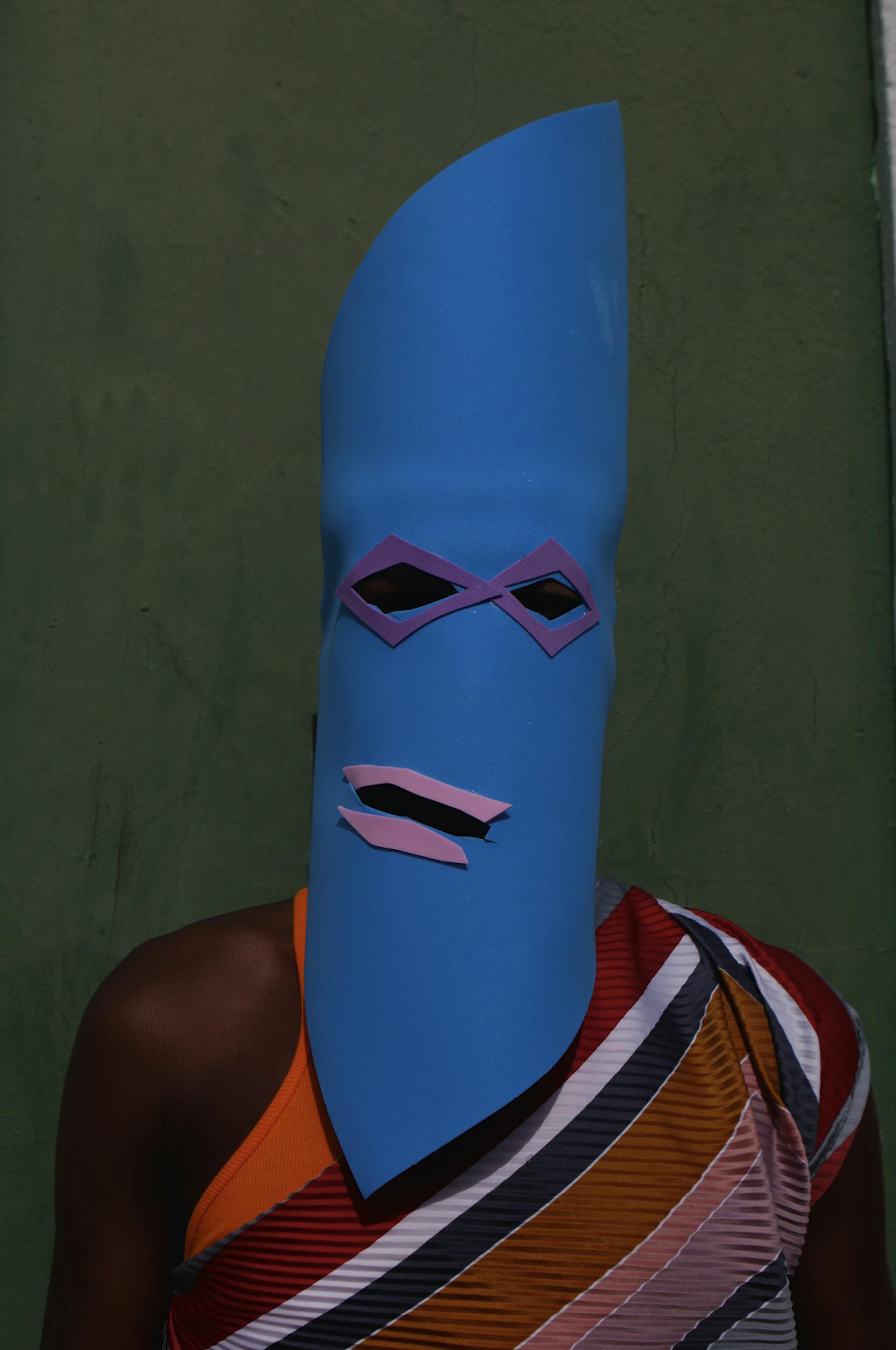
Images by Imruh Asha
Movement direction by Yagamoto
Production by Kenneth Okorley
Model Vírus Carinhoso
Assistant Beatriz Hellington
Special thanks Liliane Hellington
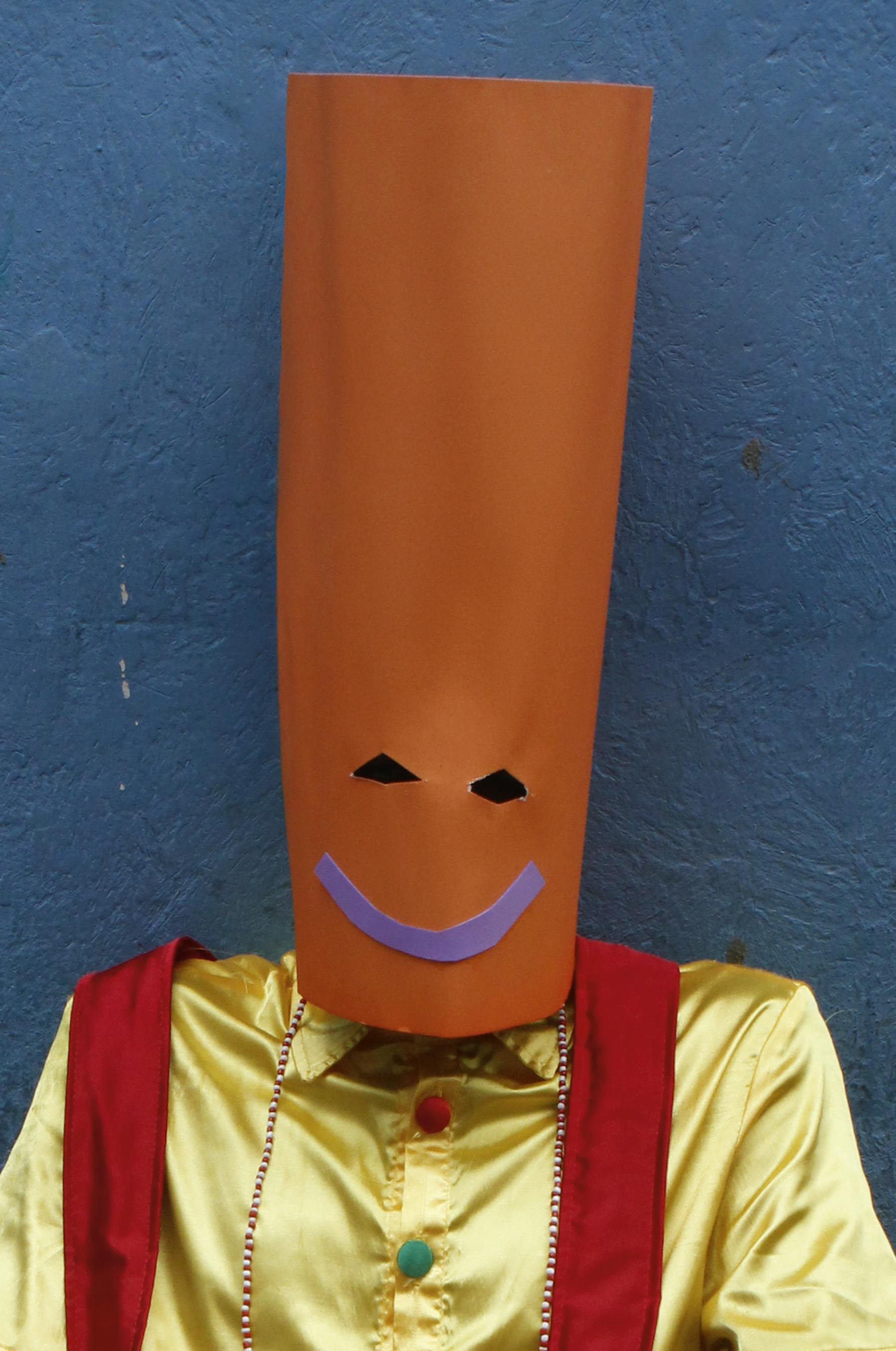
Images by Imruh Asha
Movement direction by Yagamoto
Production by Kenneth Okorley
Model Vírus Carinhoso
Assistant Beatriz Hellington
Special thanks Liliane Hellington

Images by Imruh Asha
Movement direction by Yagamoto
Production by Kenneth Okorley
Model Vírus Carinhoso
Assistant Beatriz Hellington
Special thanks Liliane Hellington
